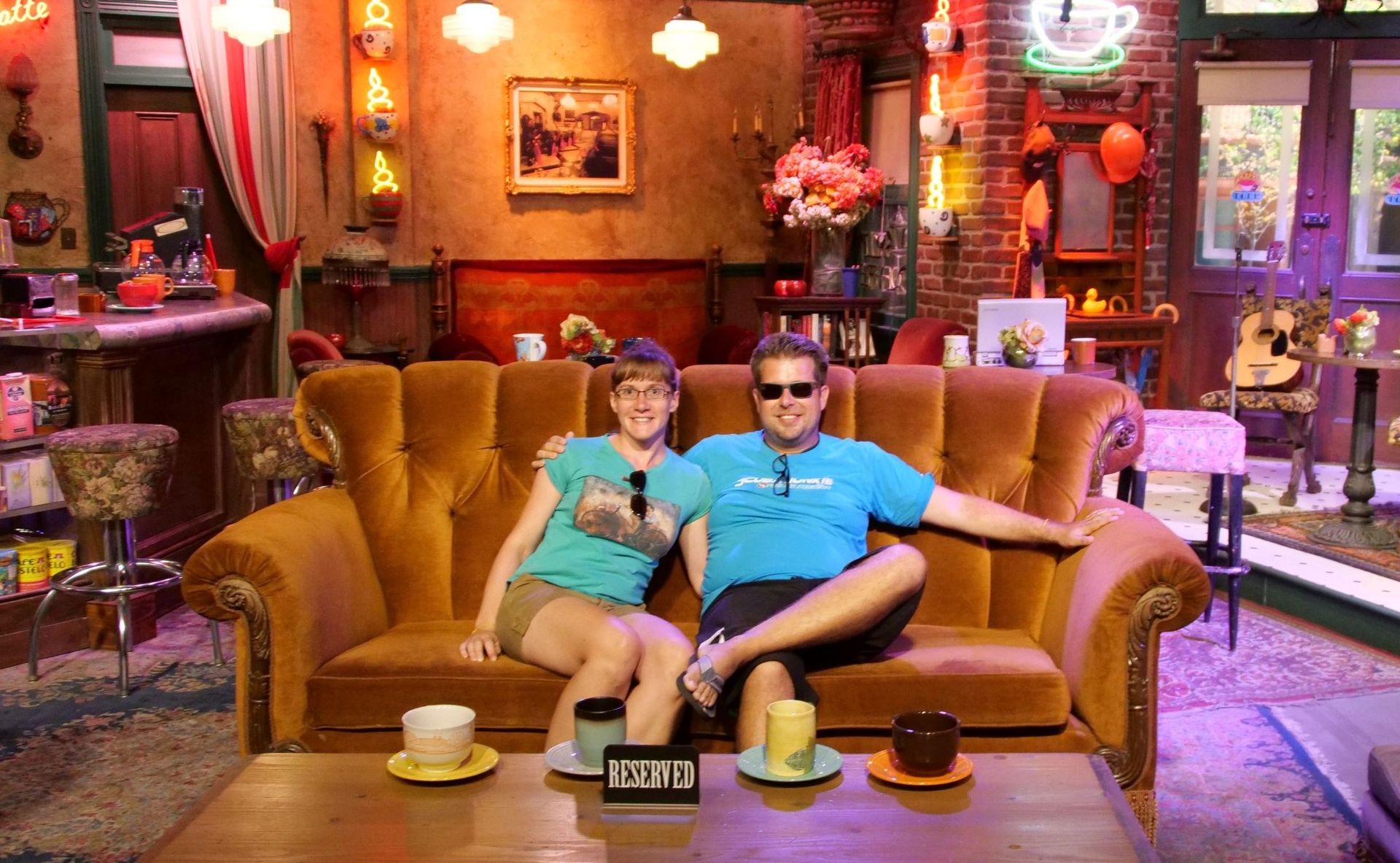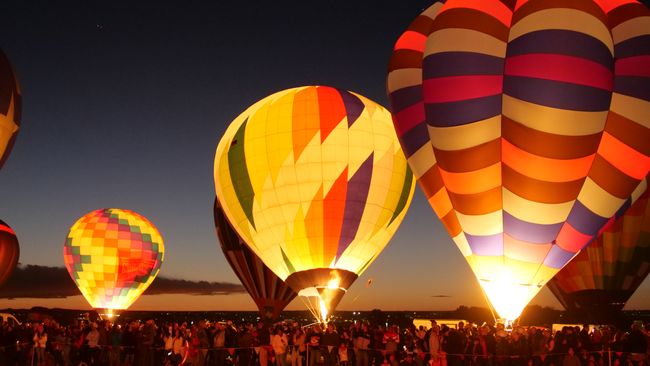26/08/2022 - Stage 16 from Sofia, Bulgaria to Belgrade, Serbia (411 kilometers)
Publikuar: 31.08.2022
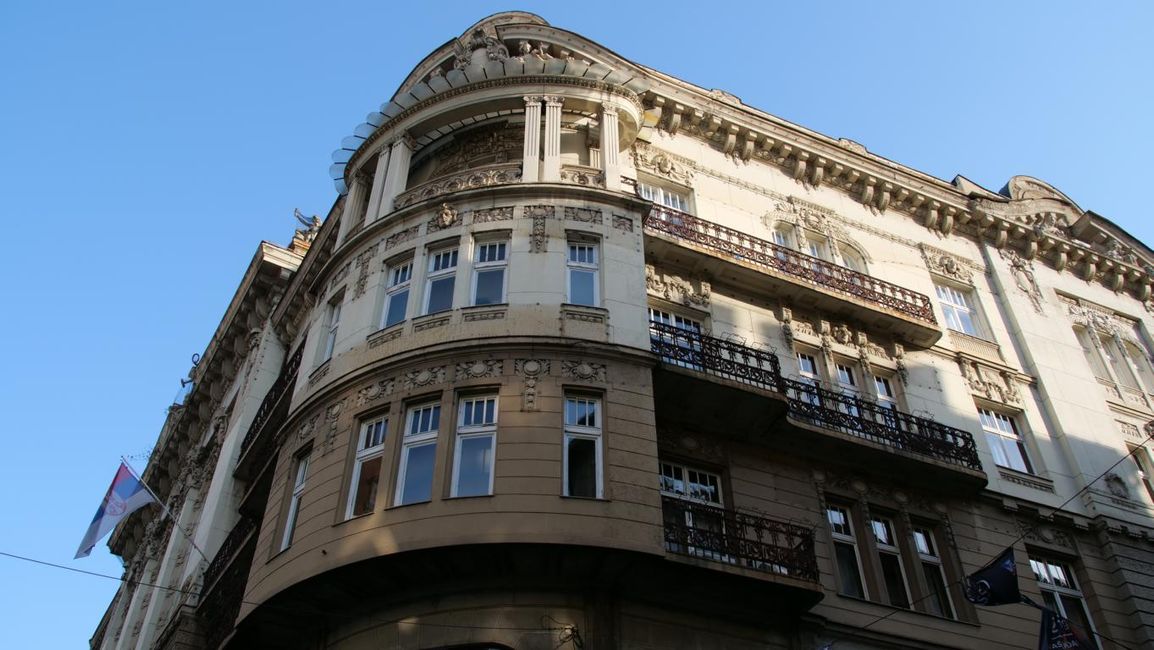
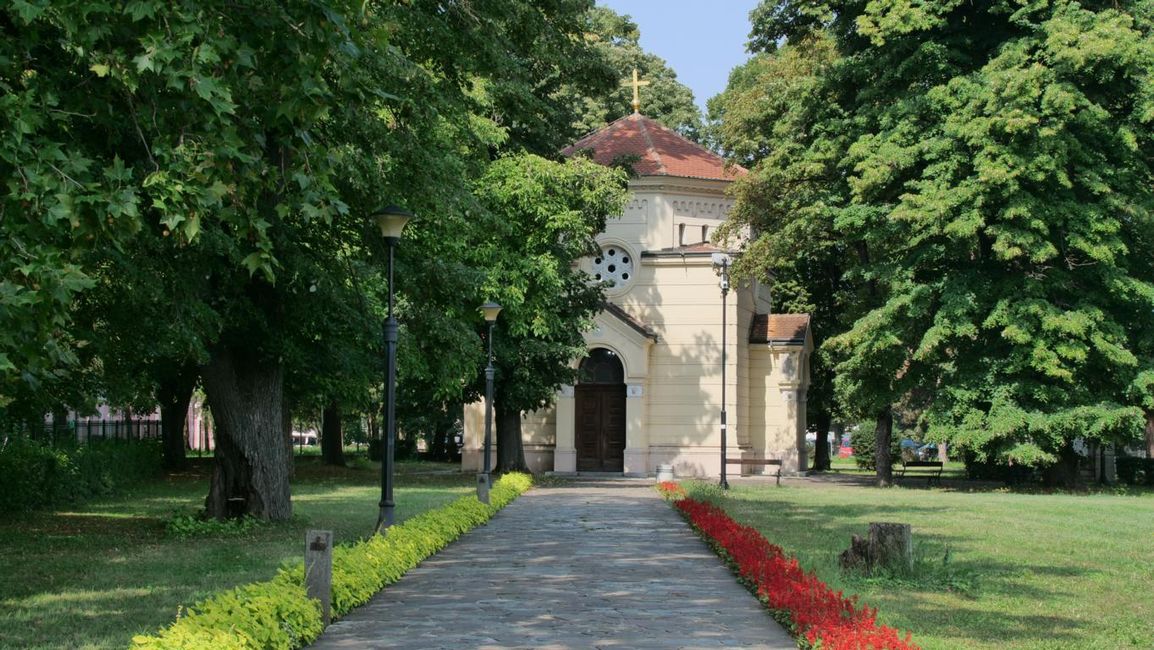
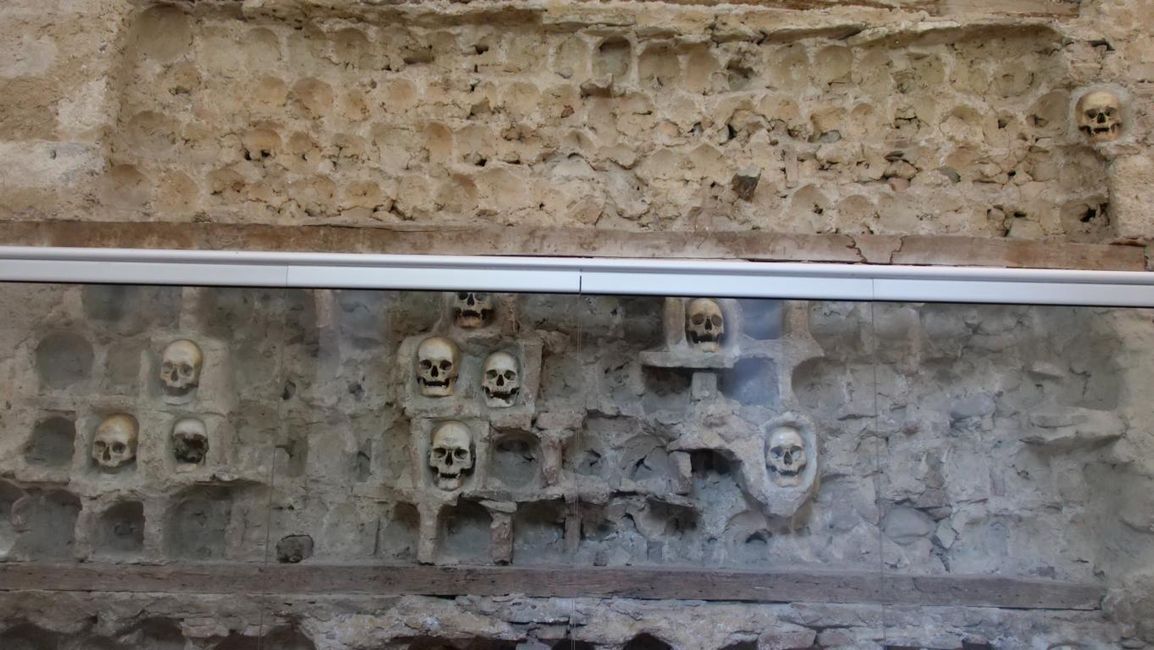
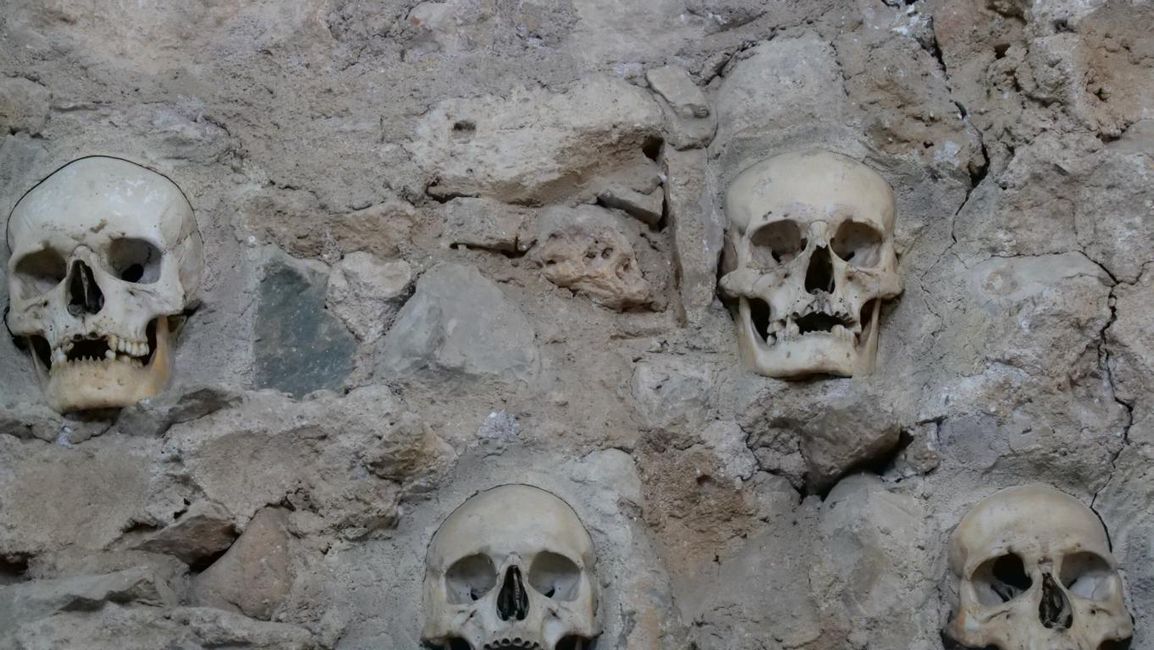
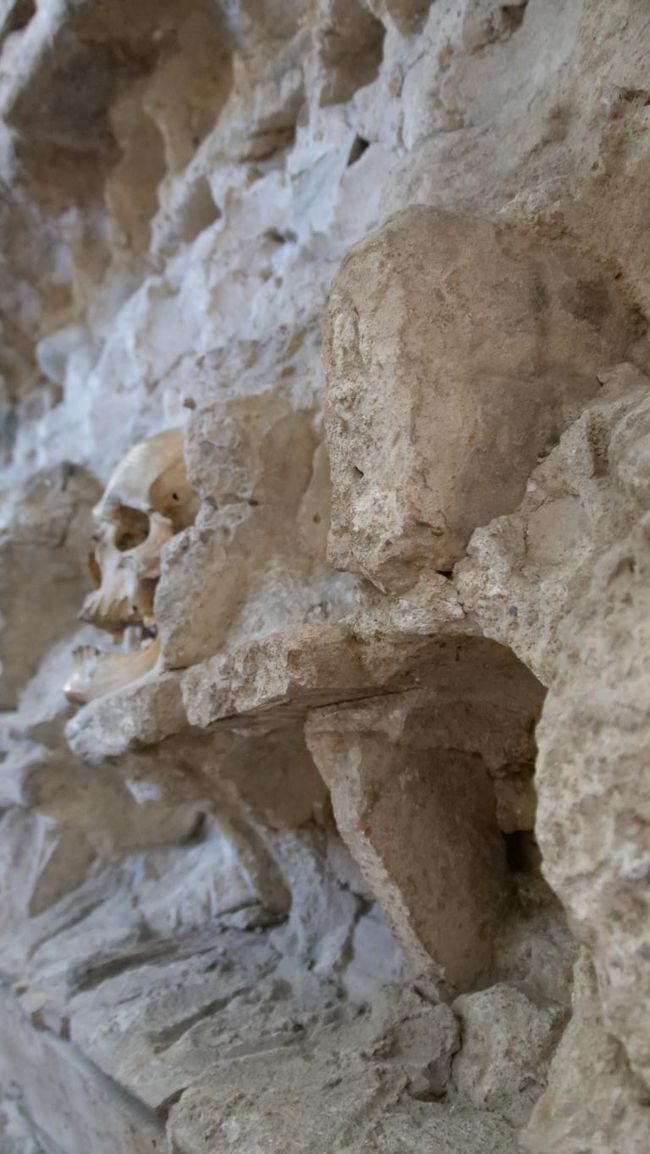
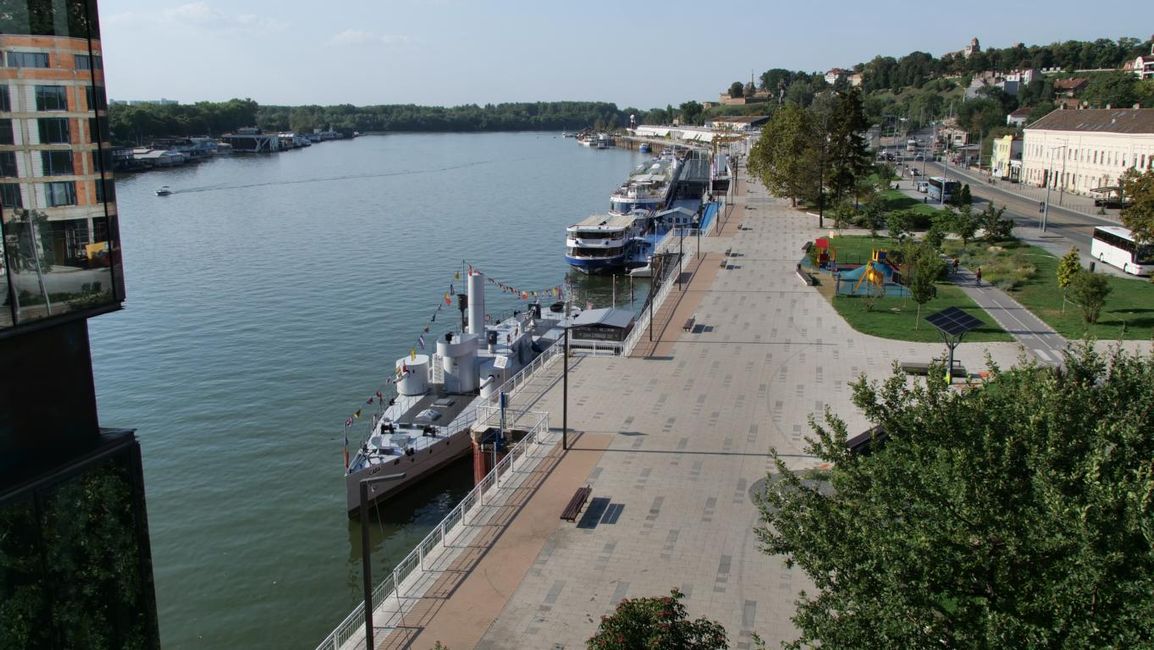
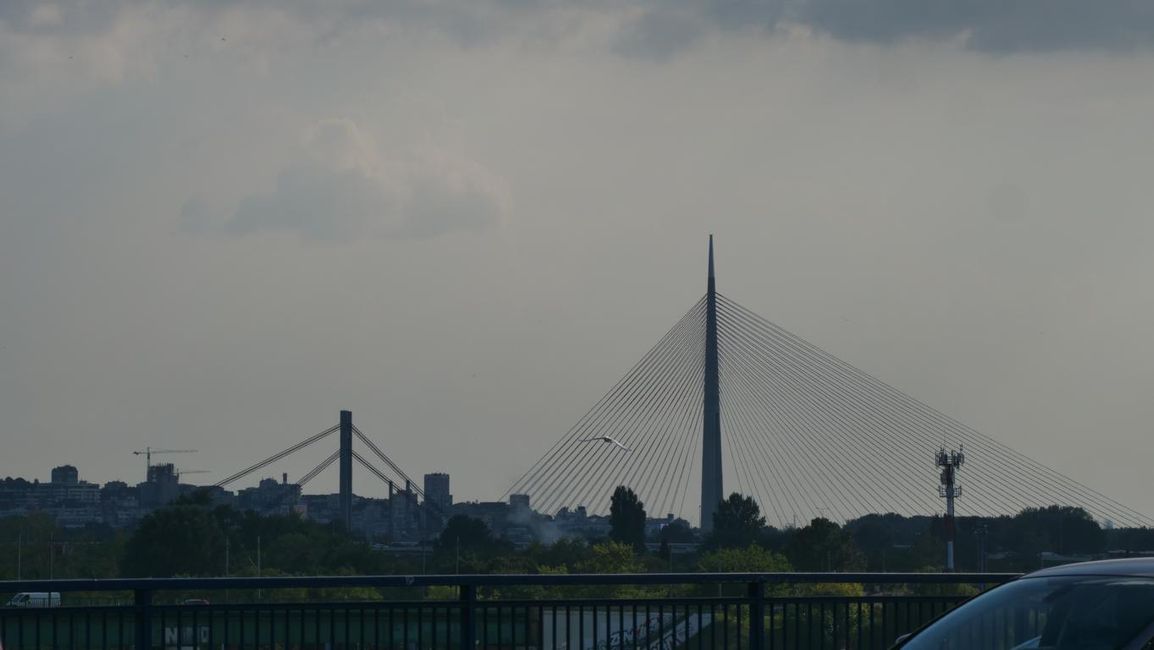
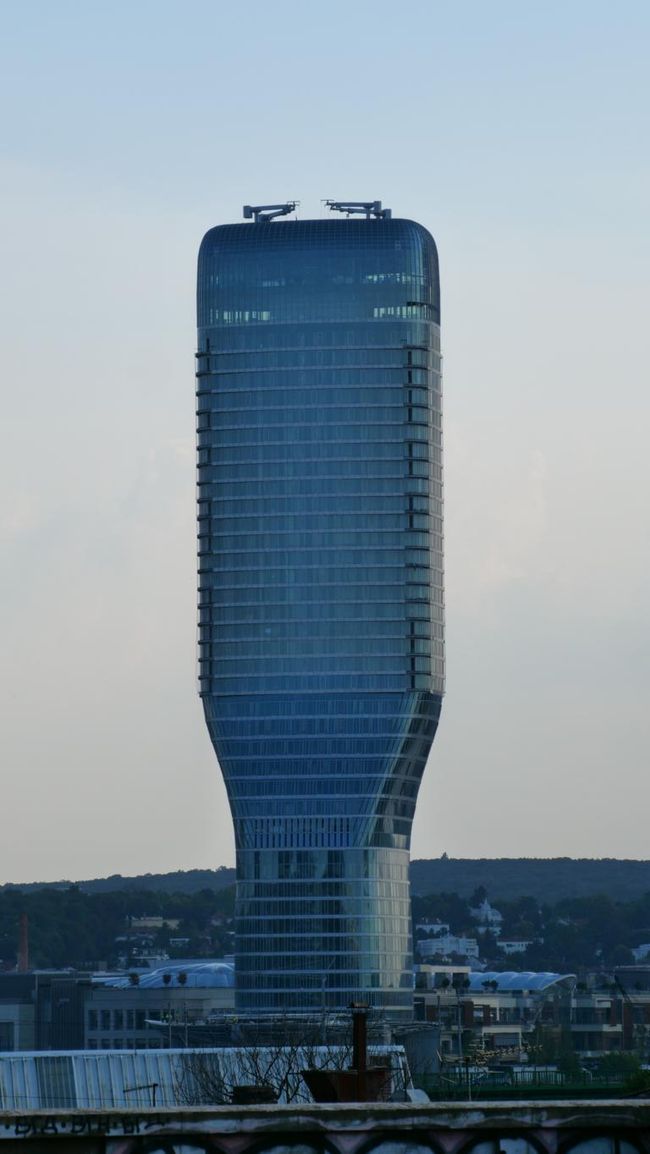
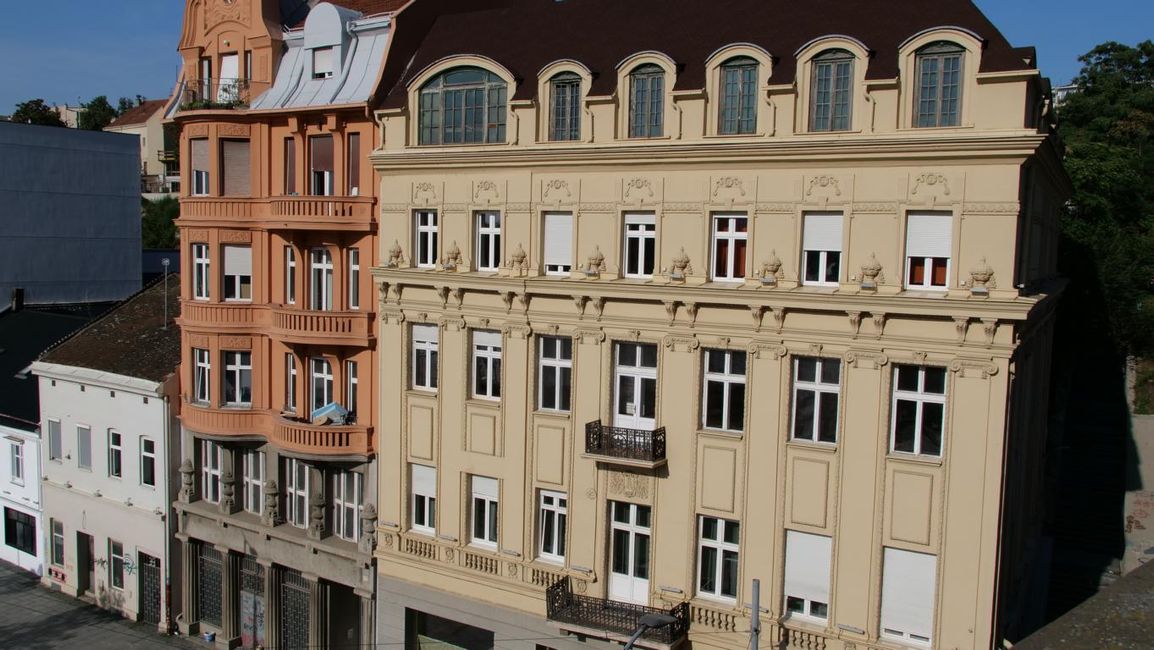
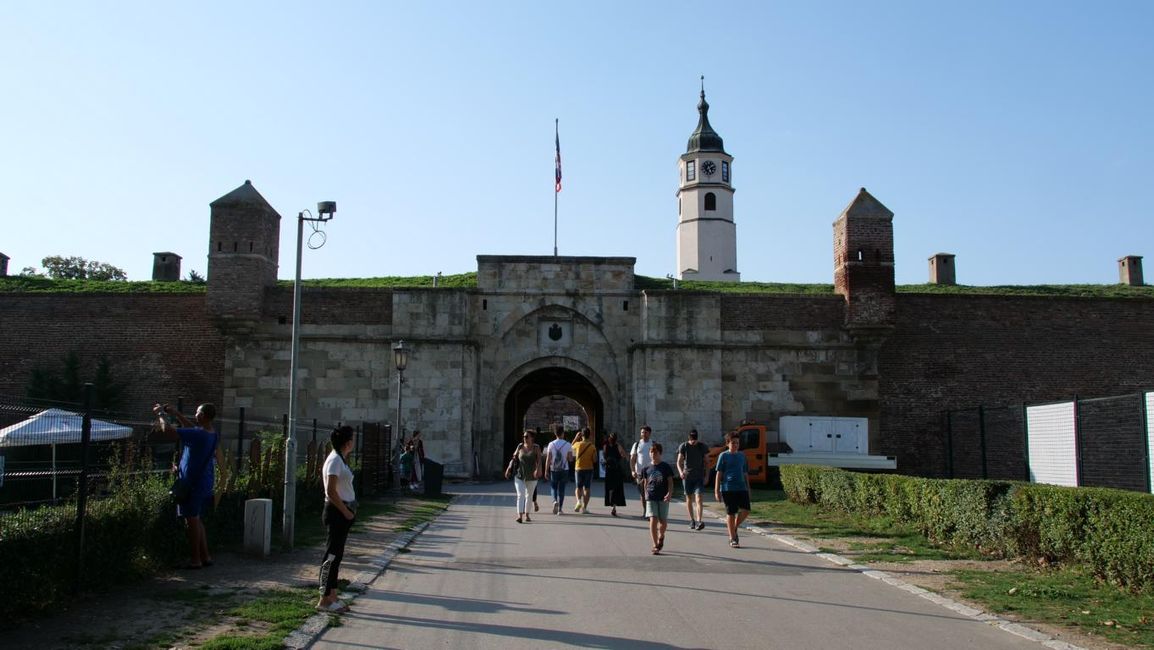
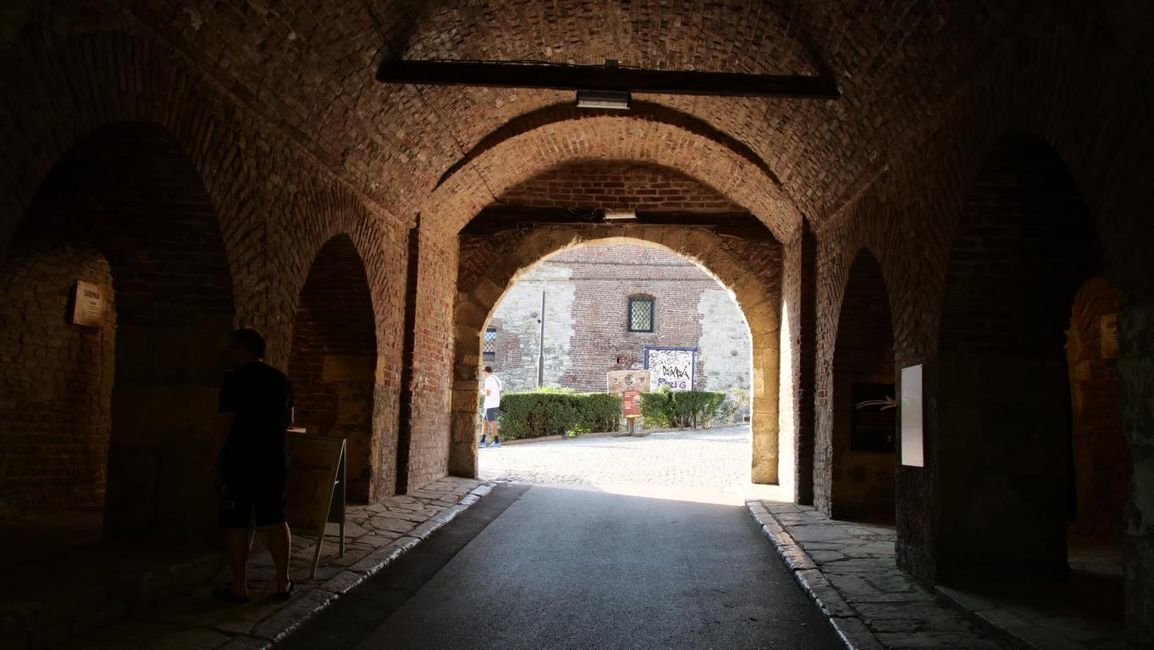
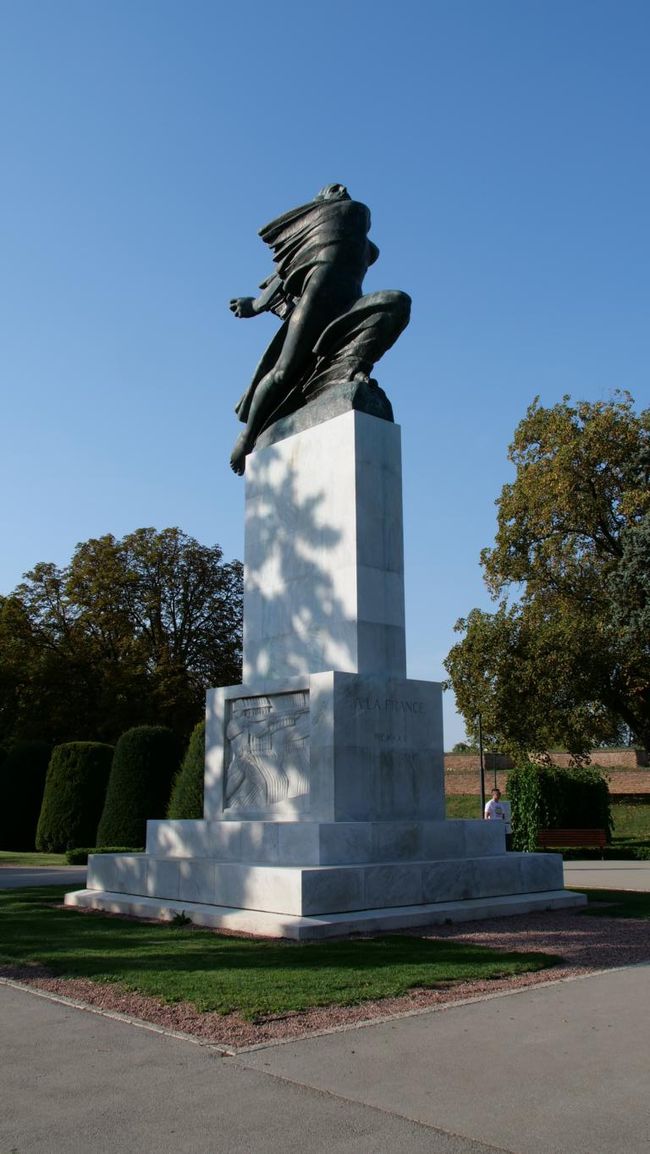
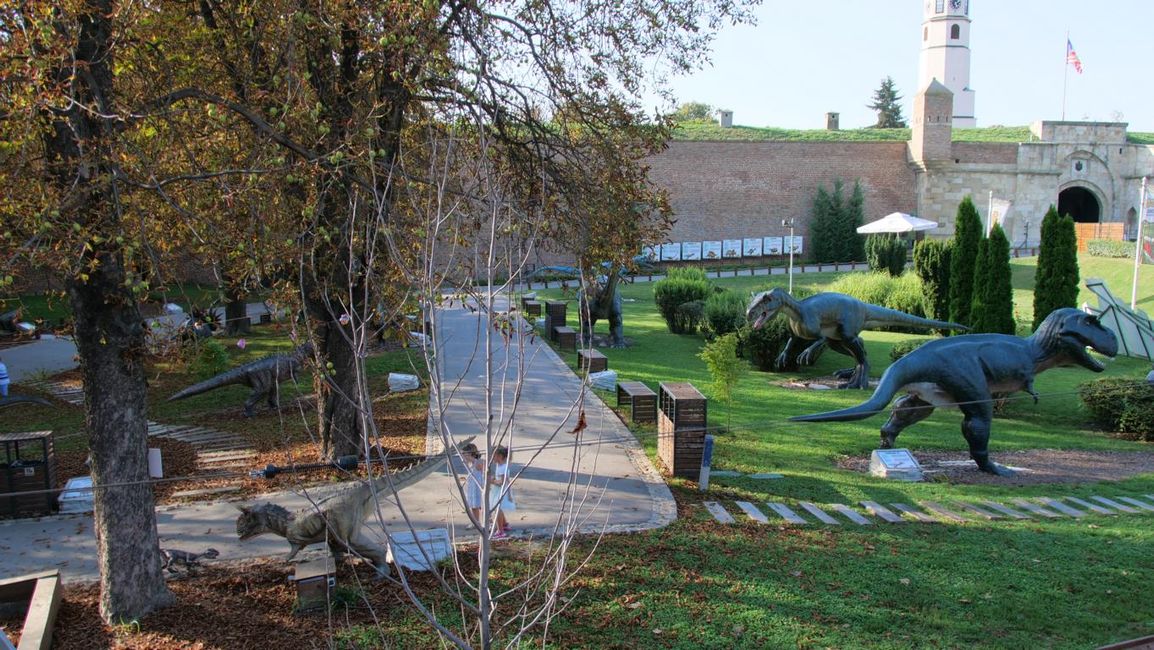
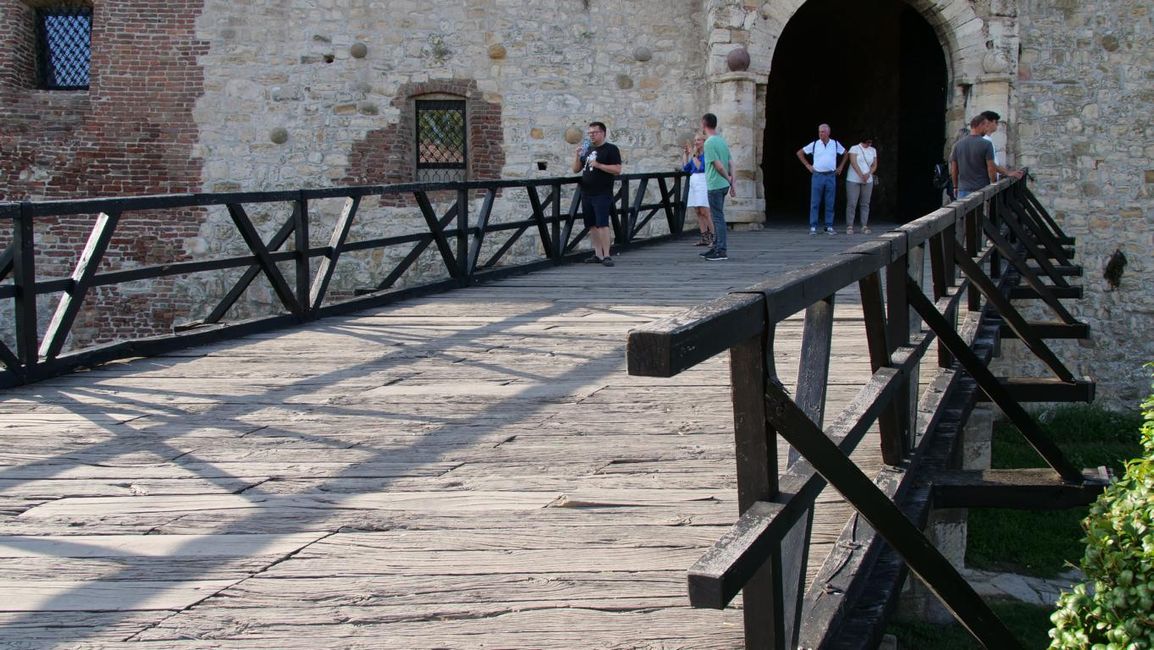
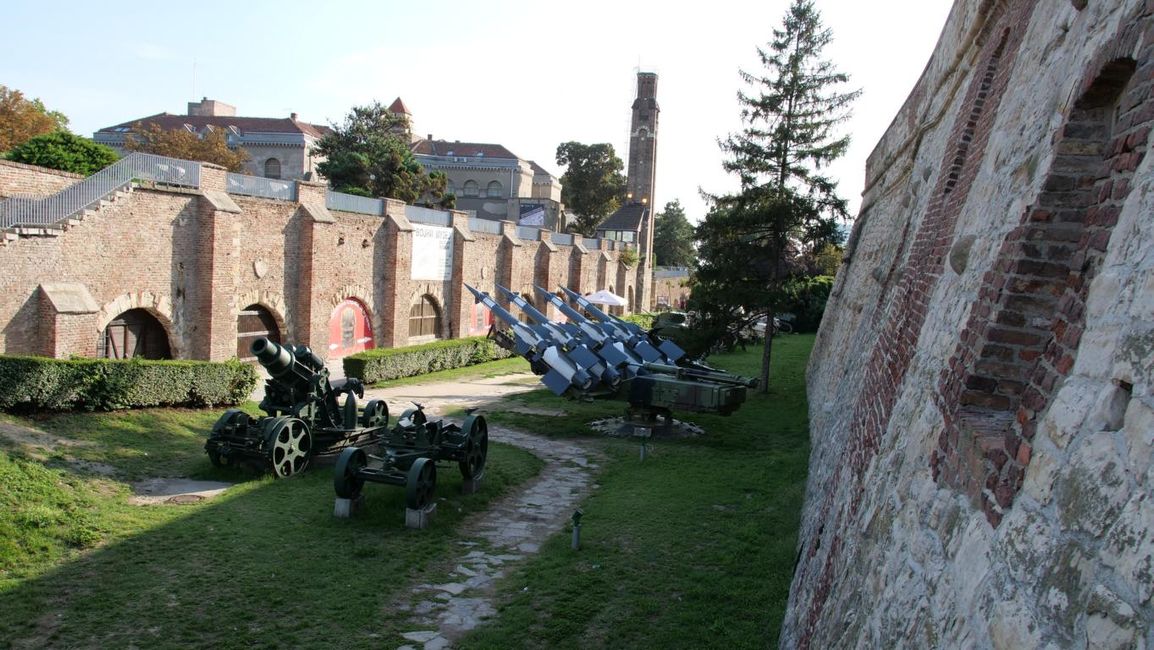
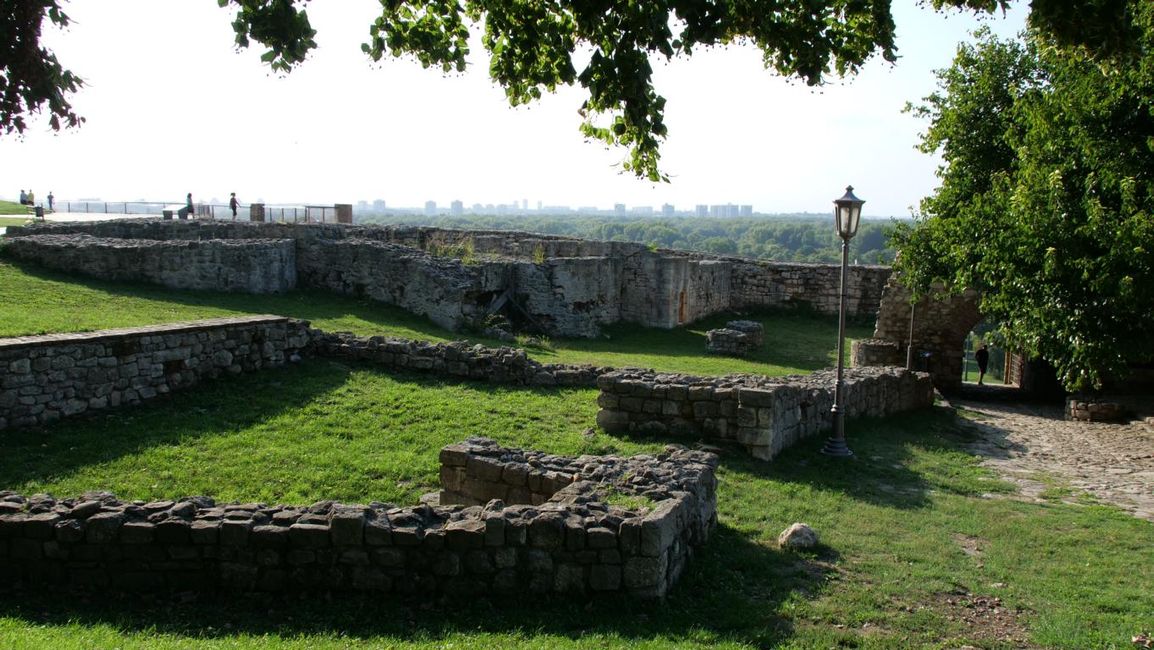
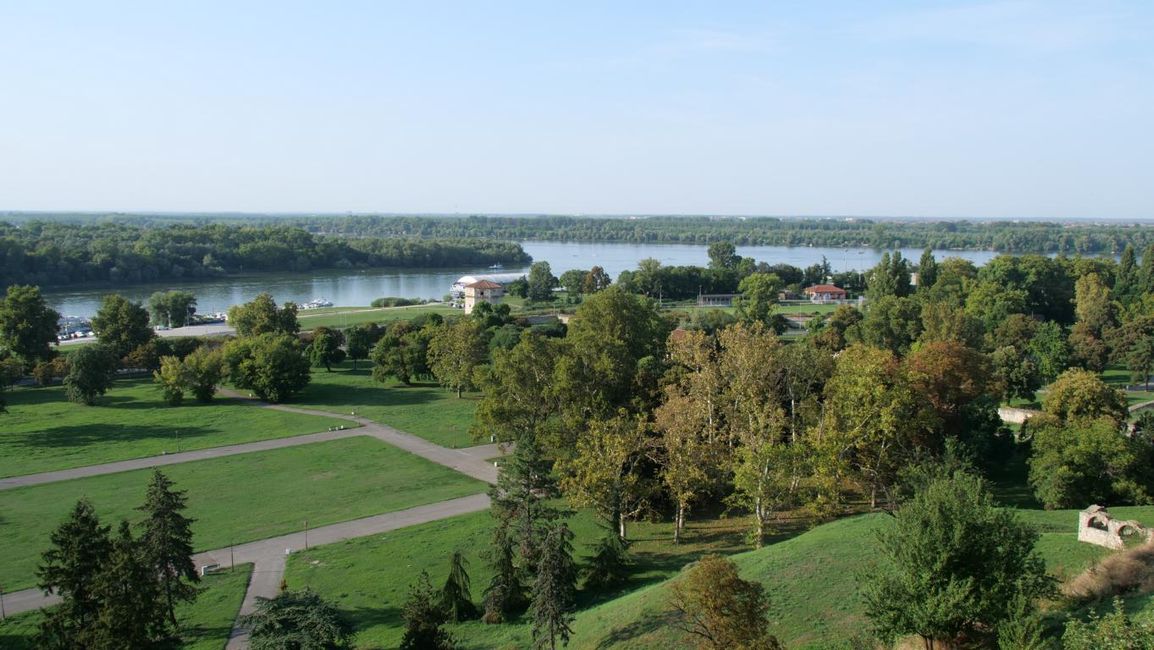
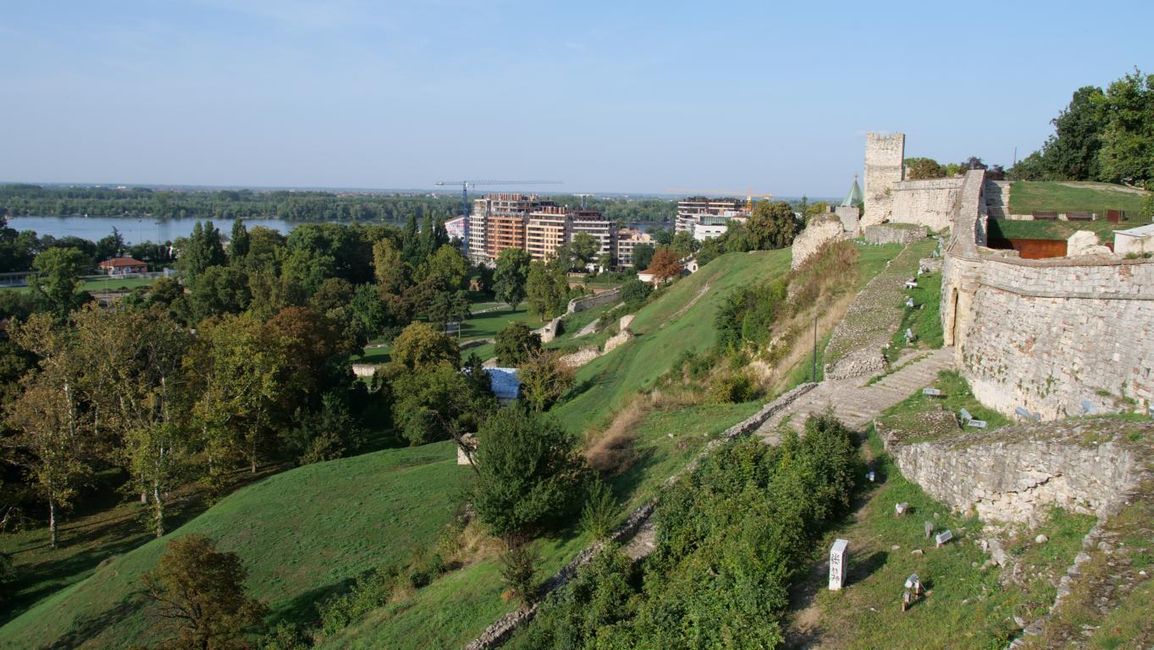
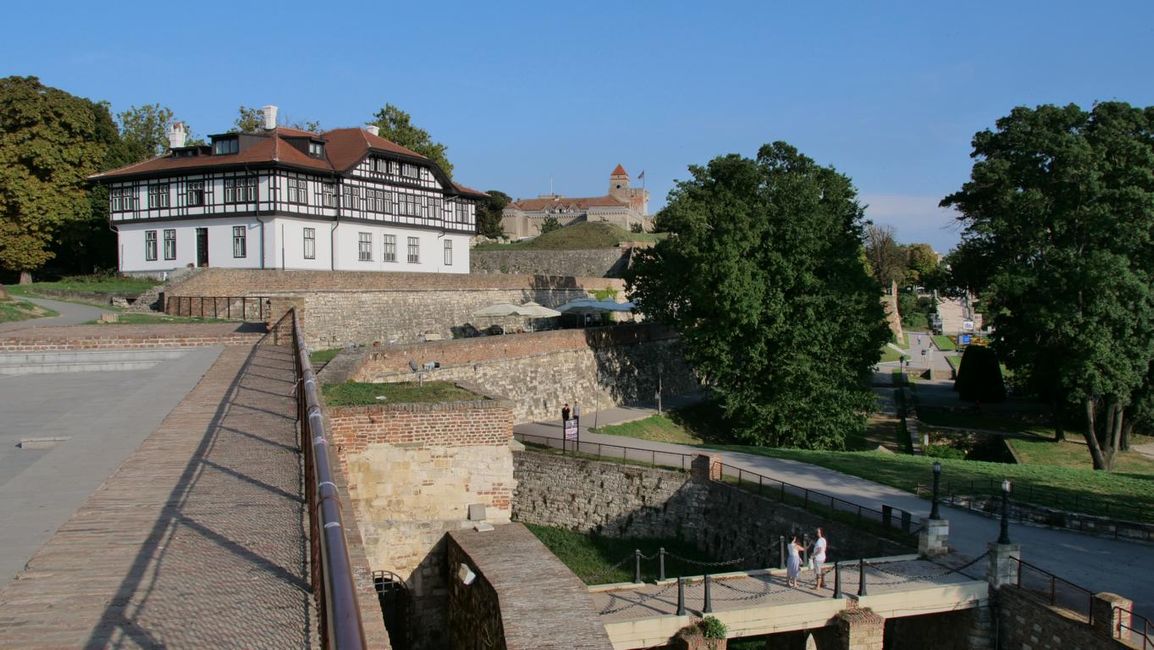
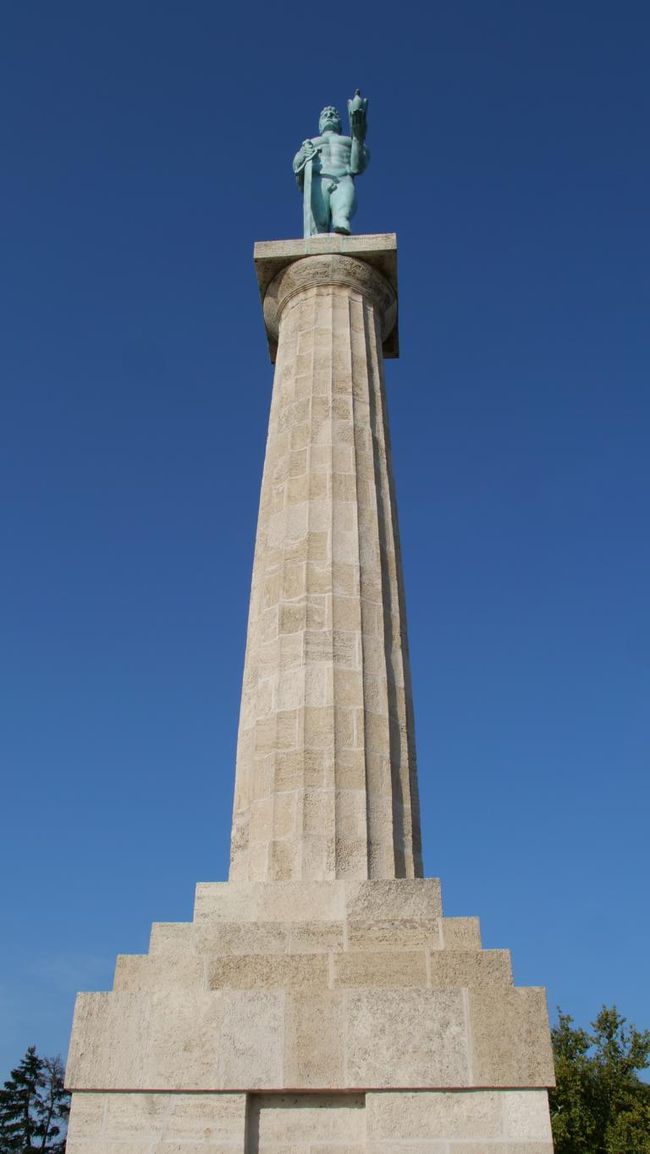
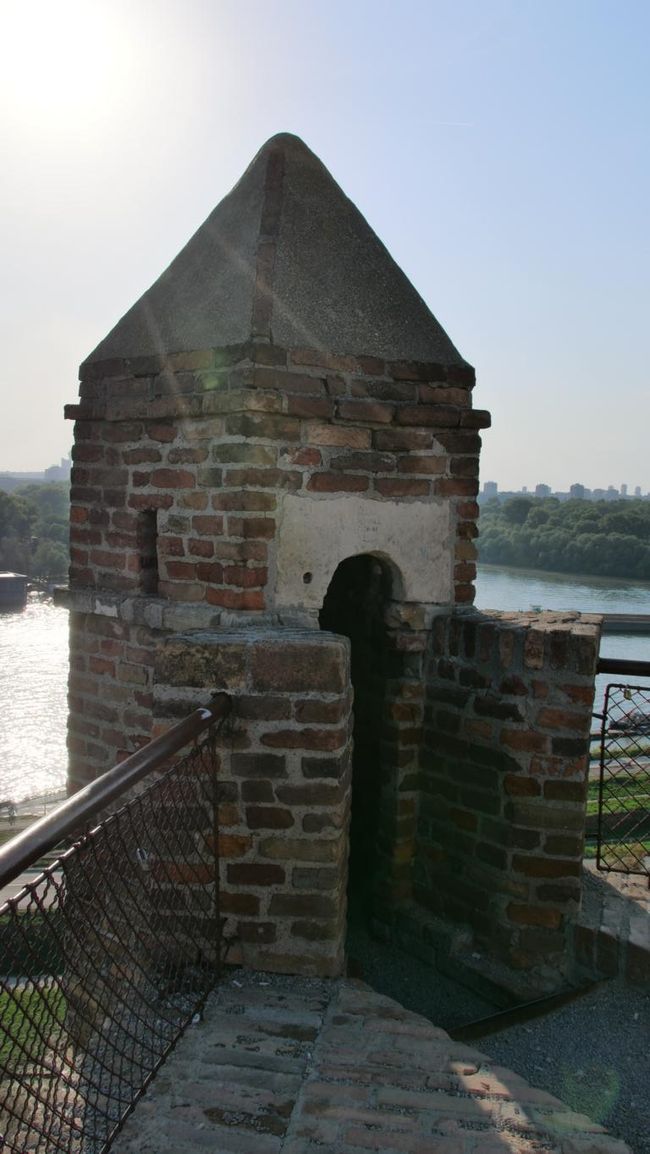
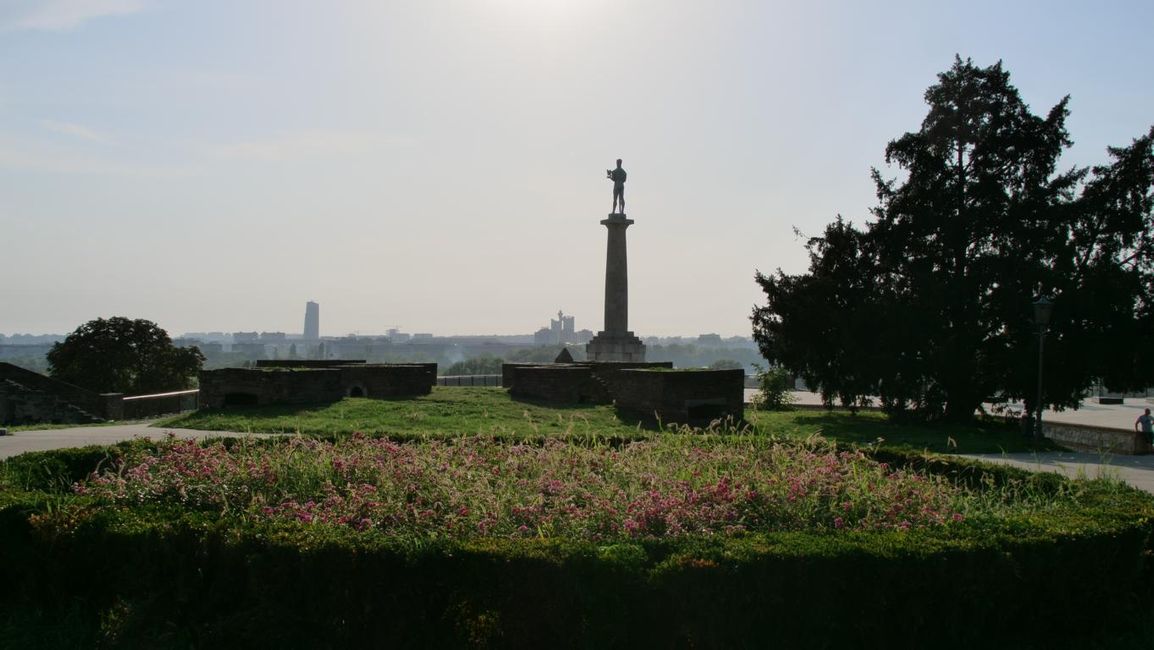
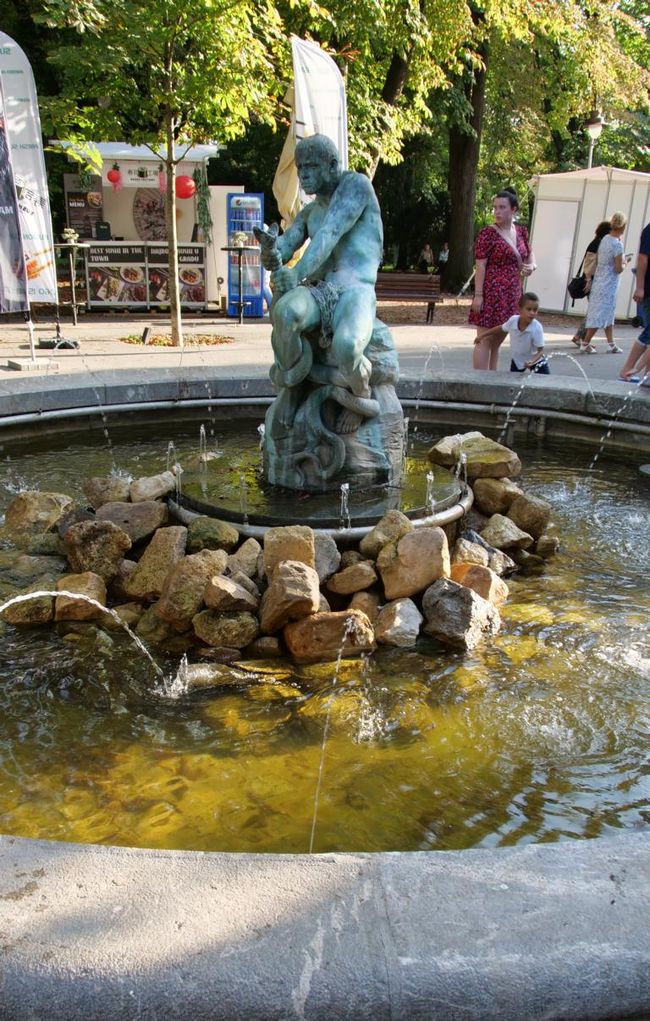
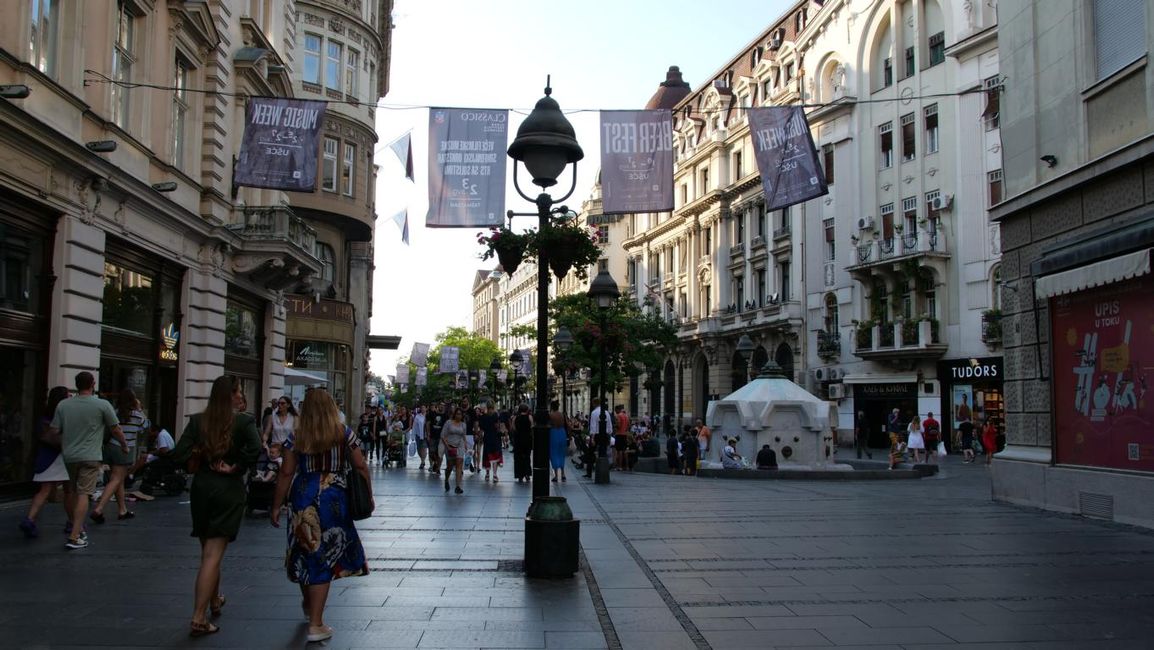
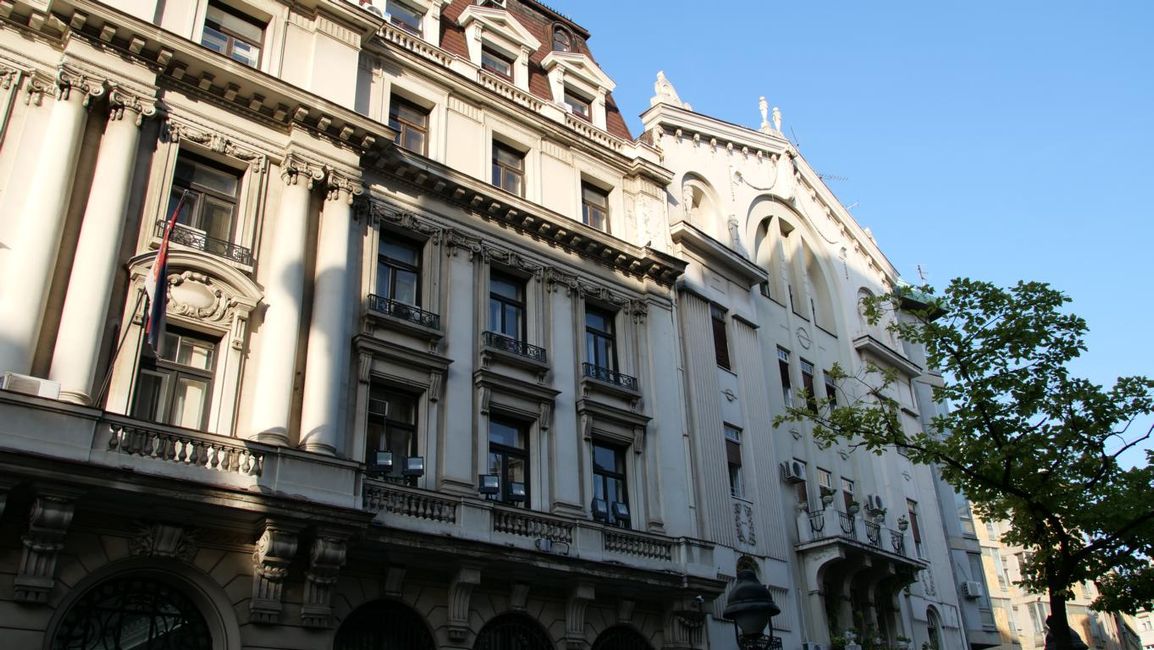
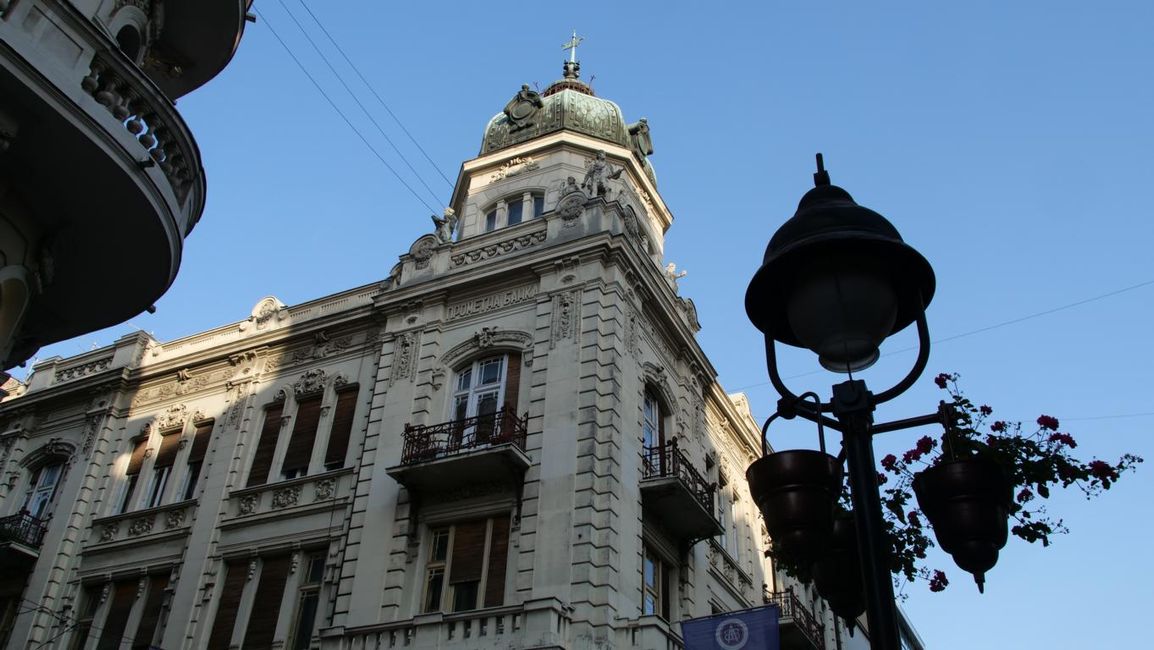
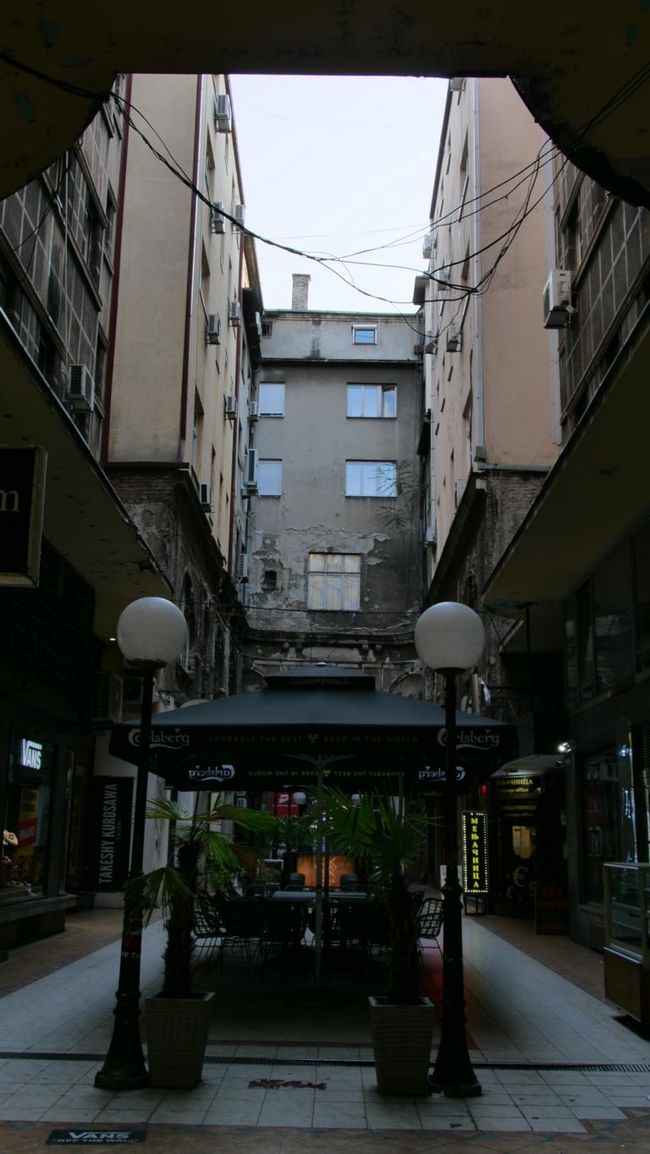
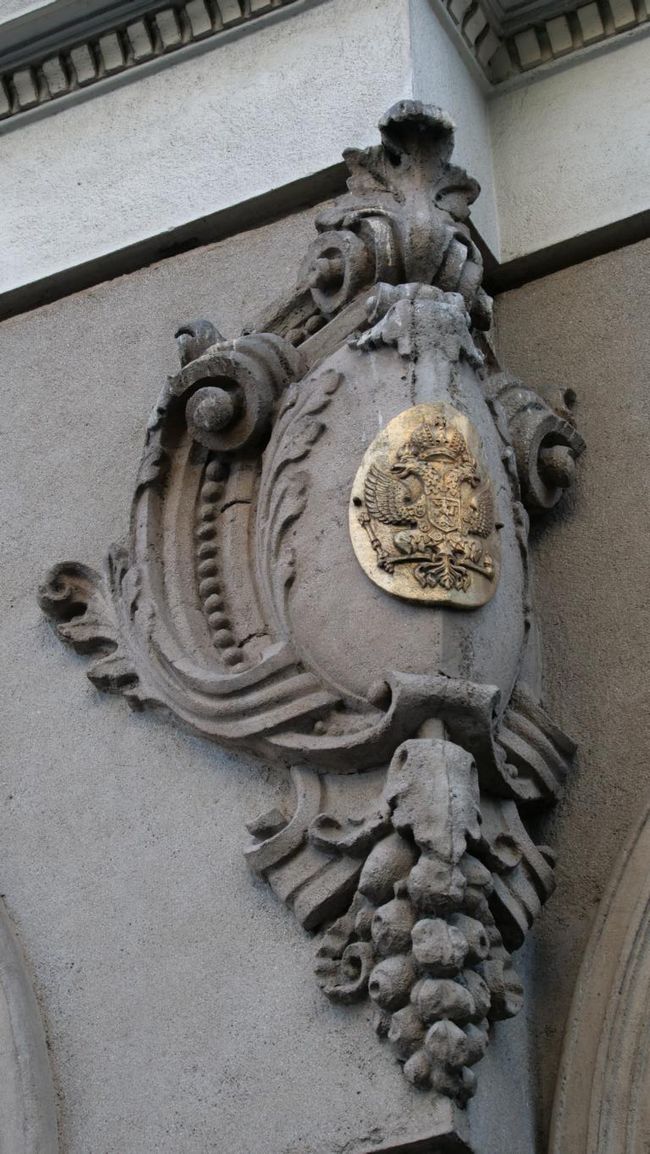
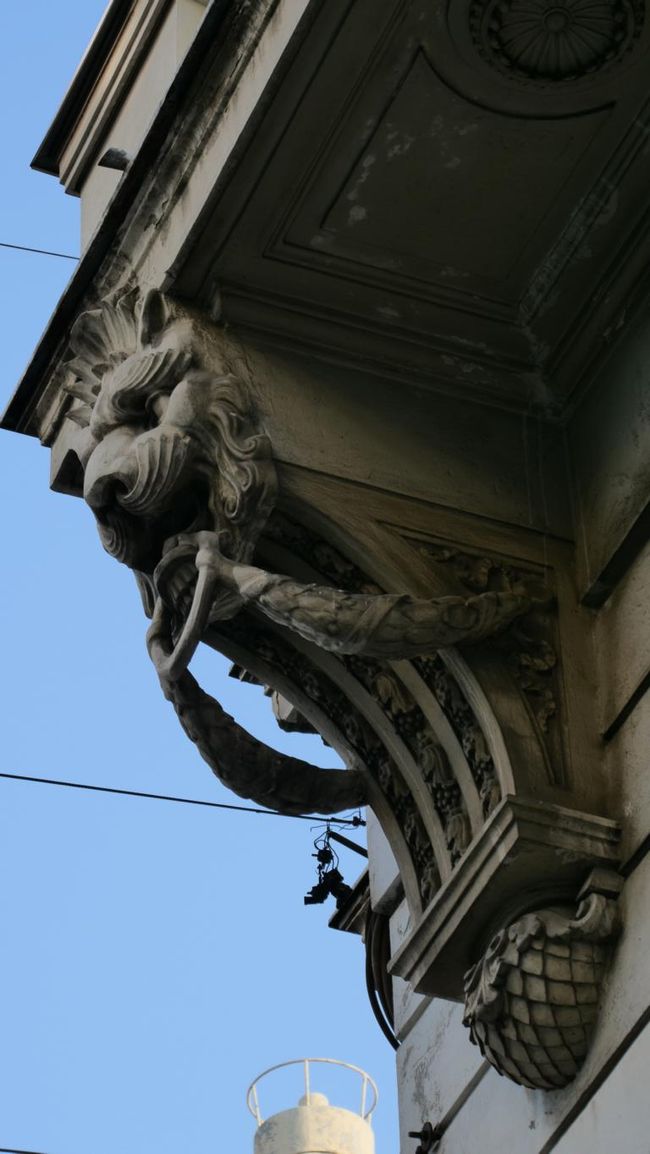
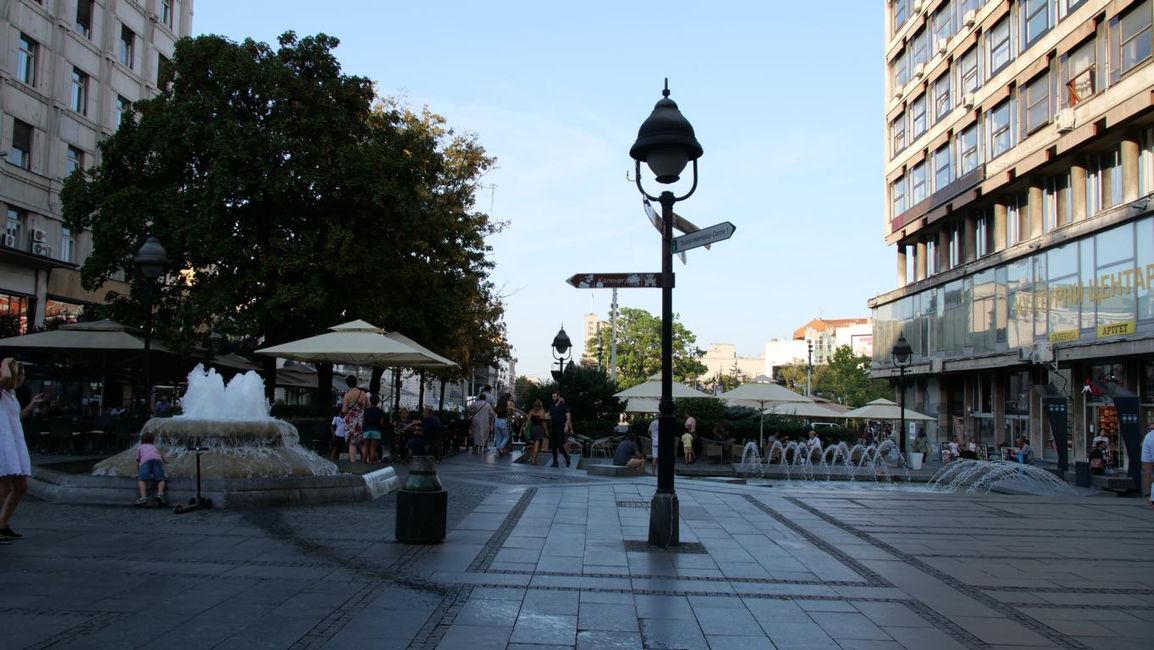
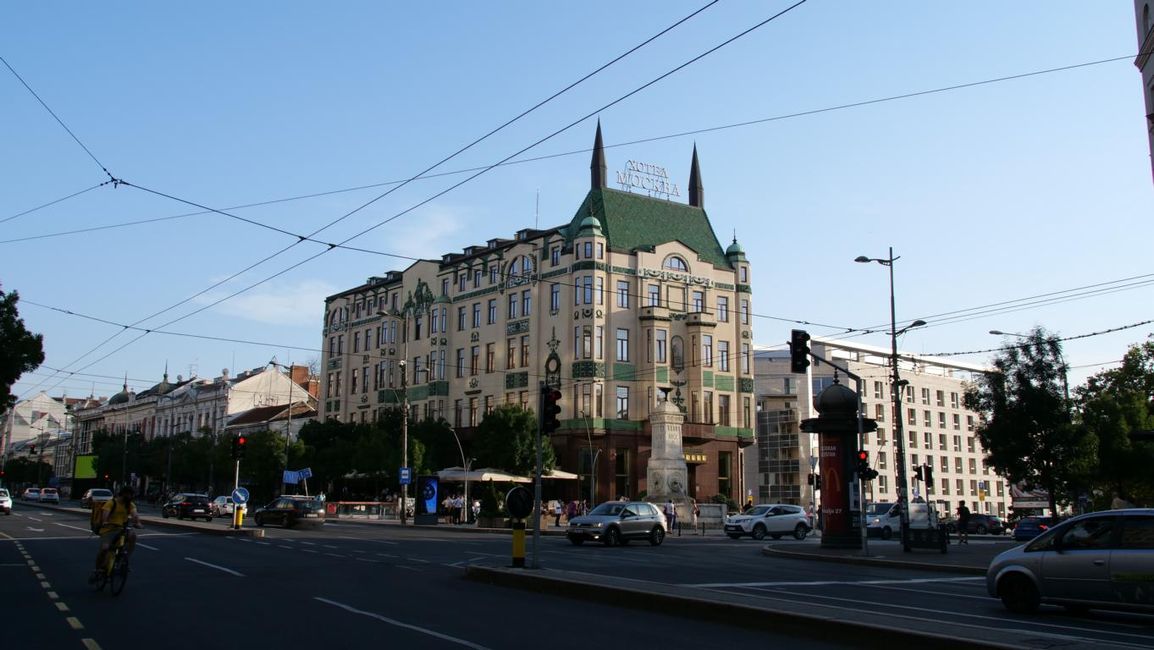
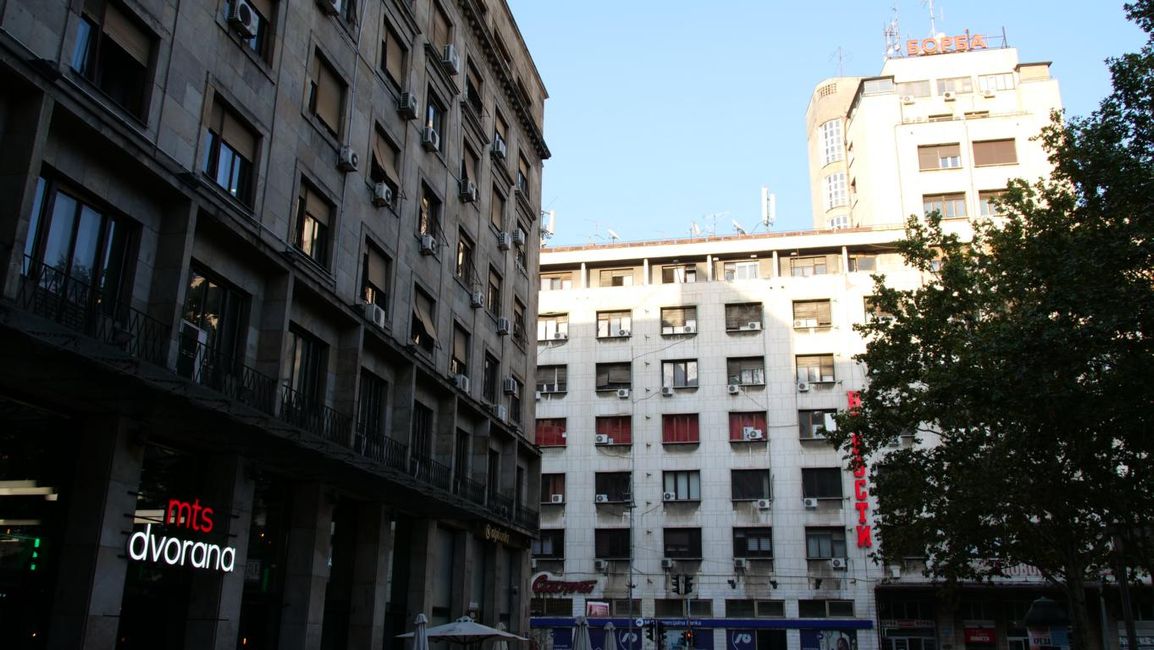
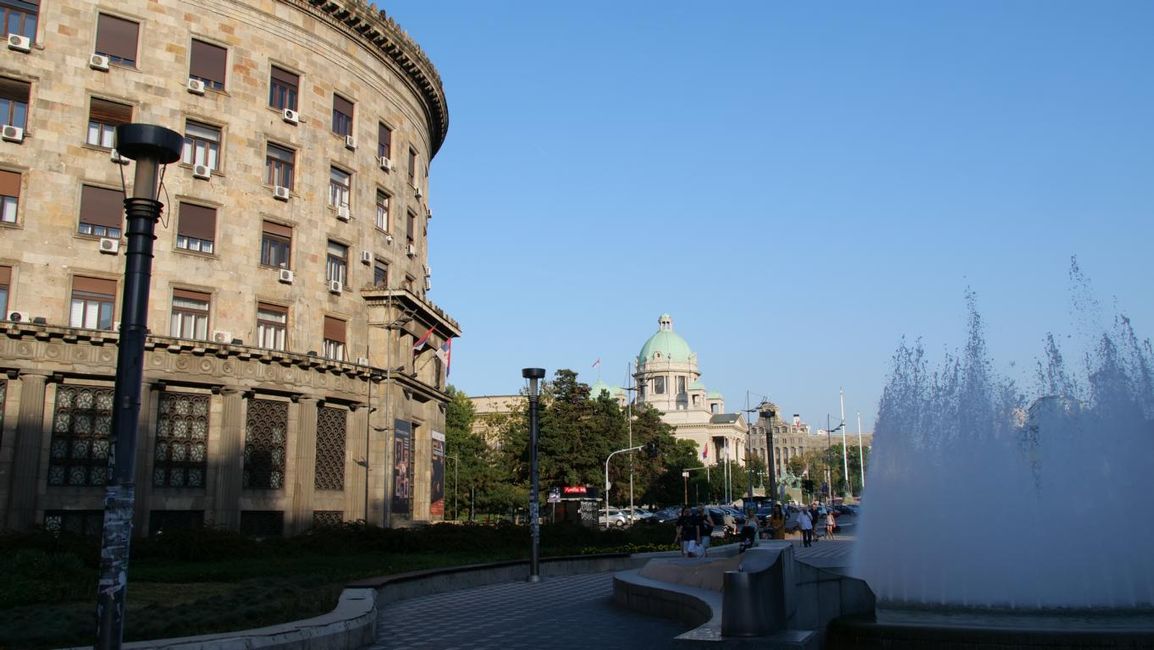
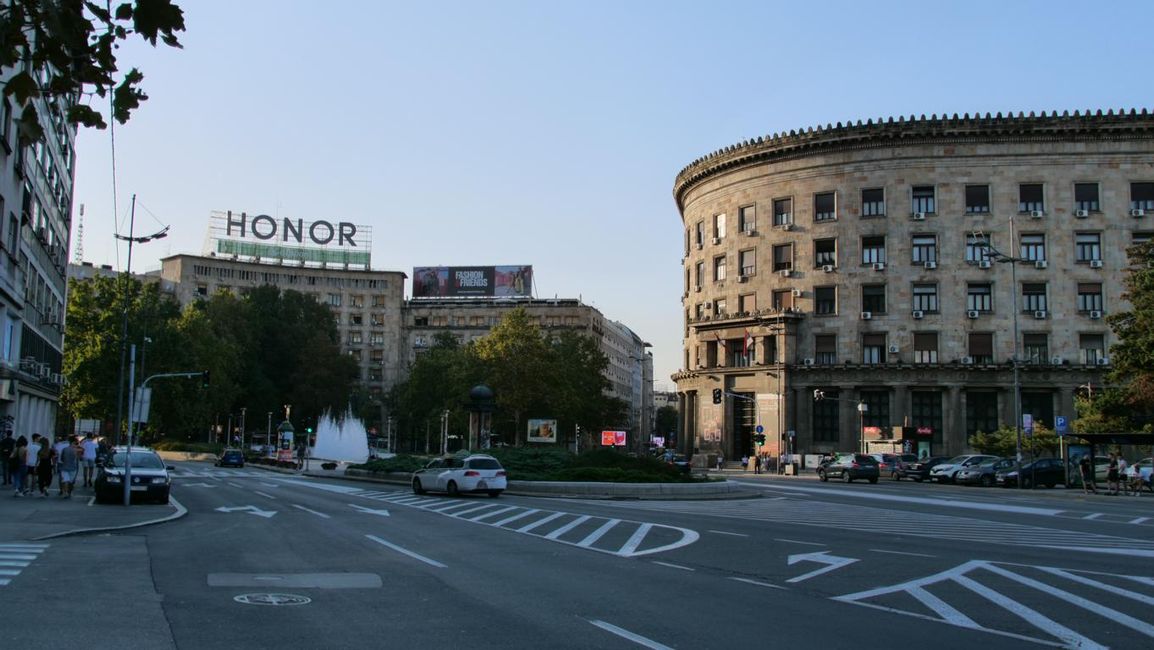
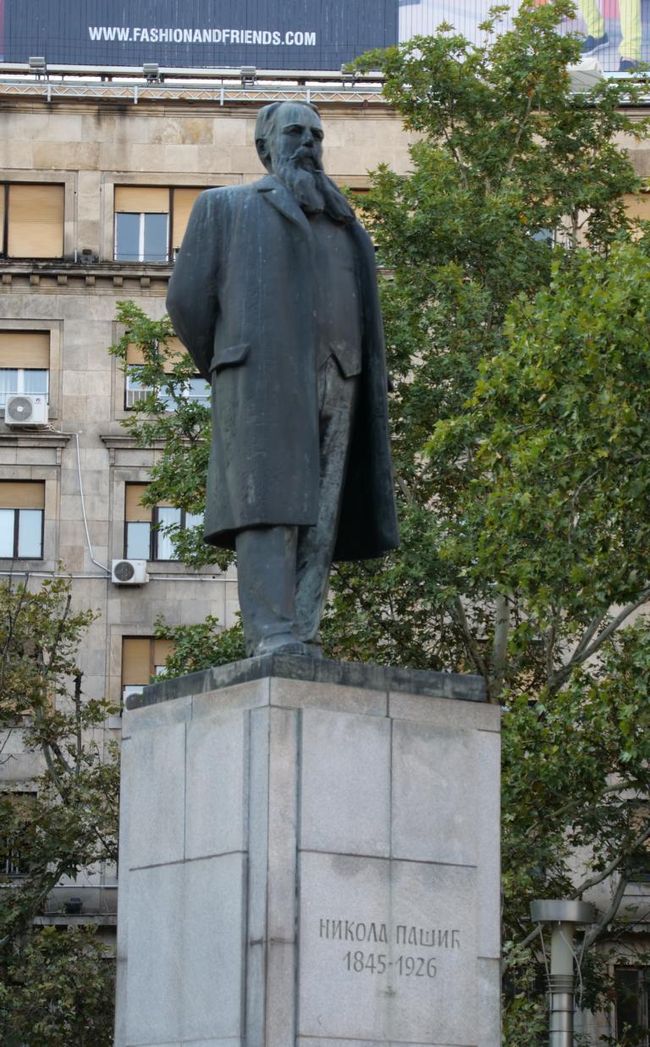
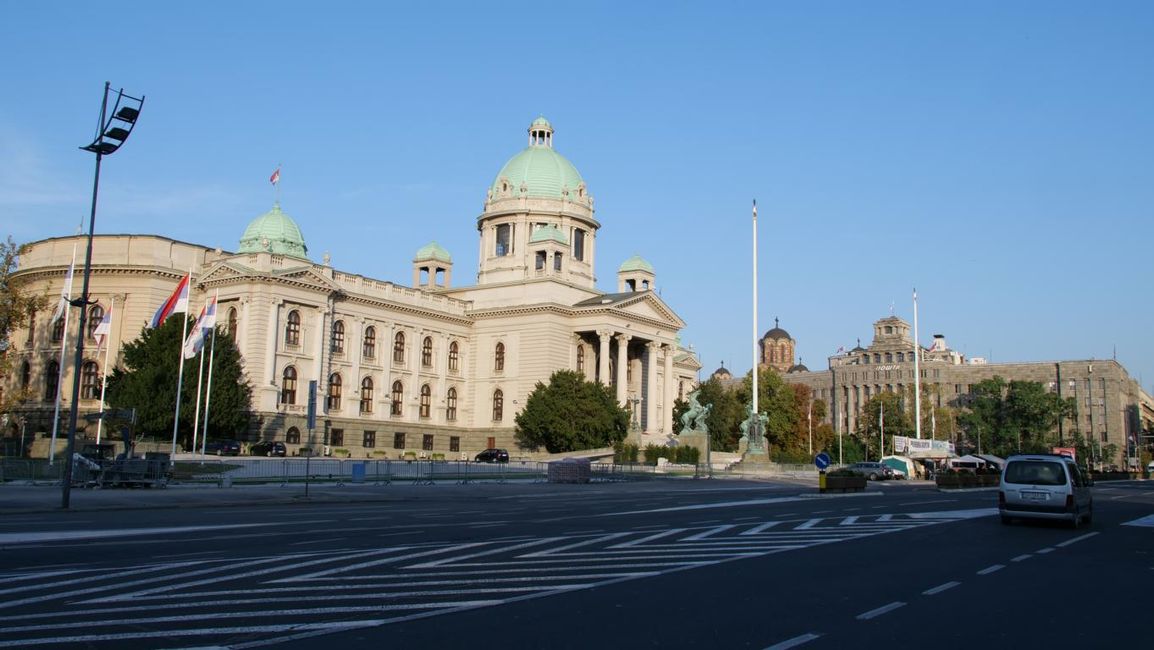
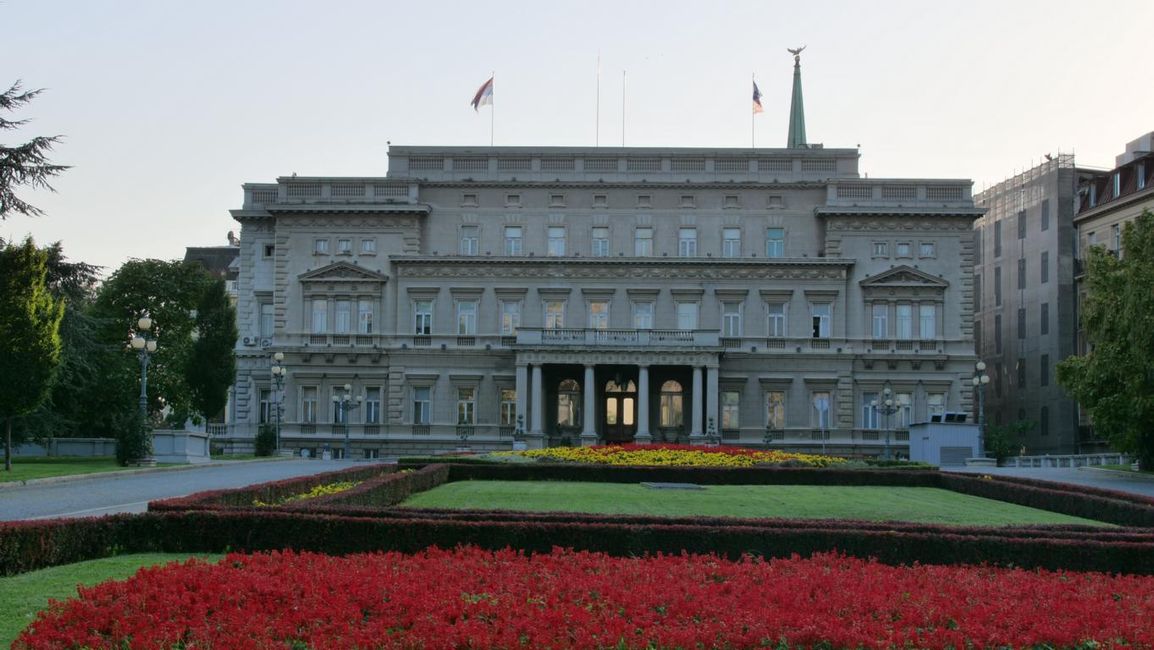
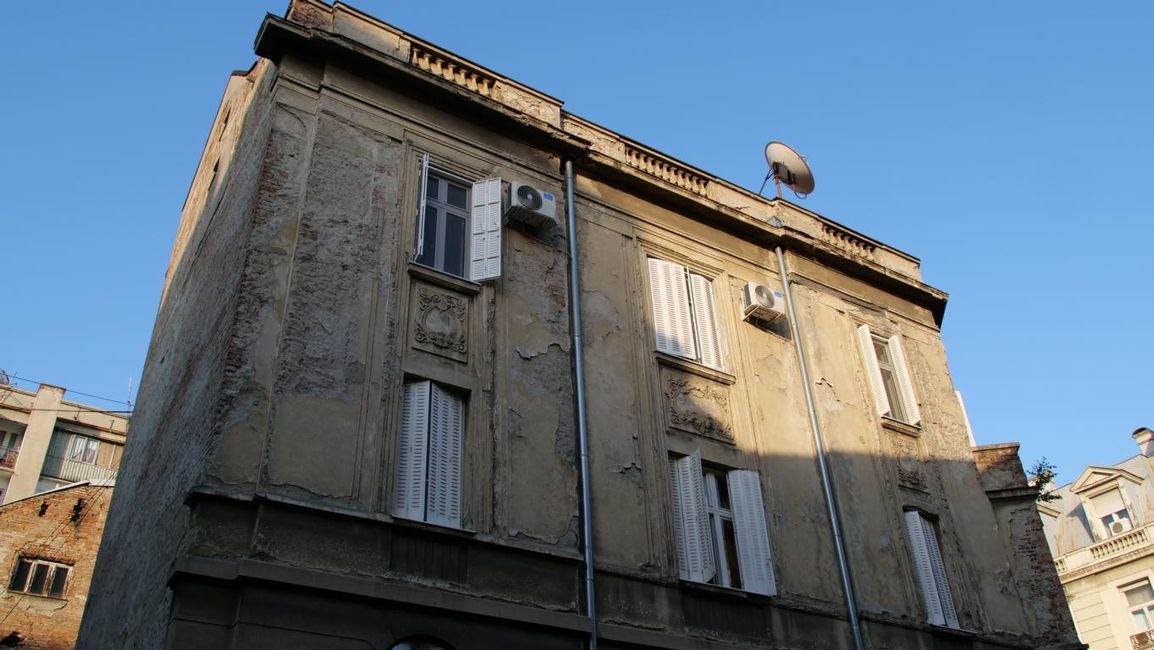
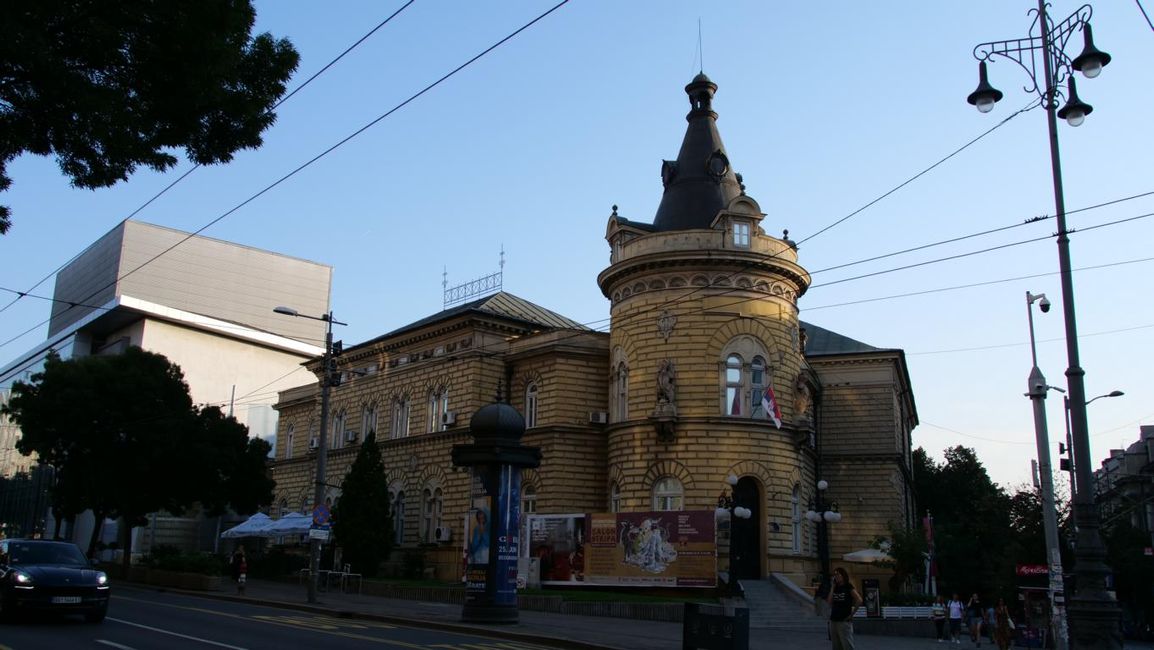
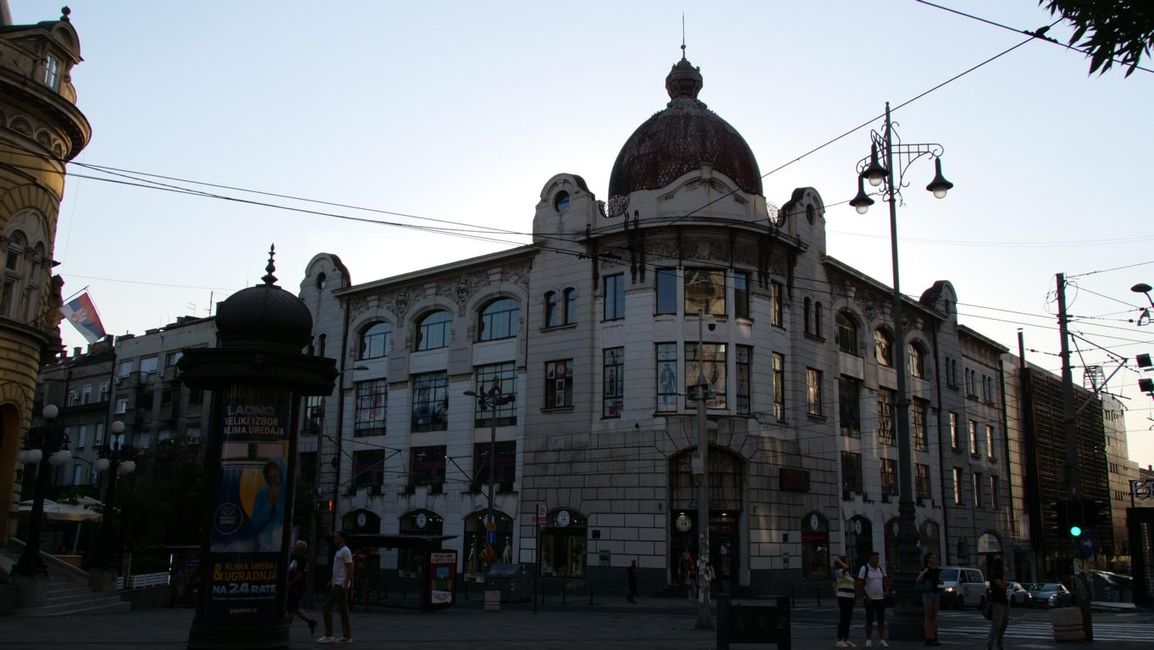
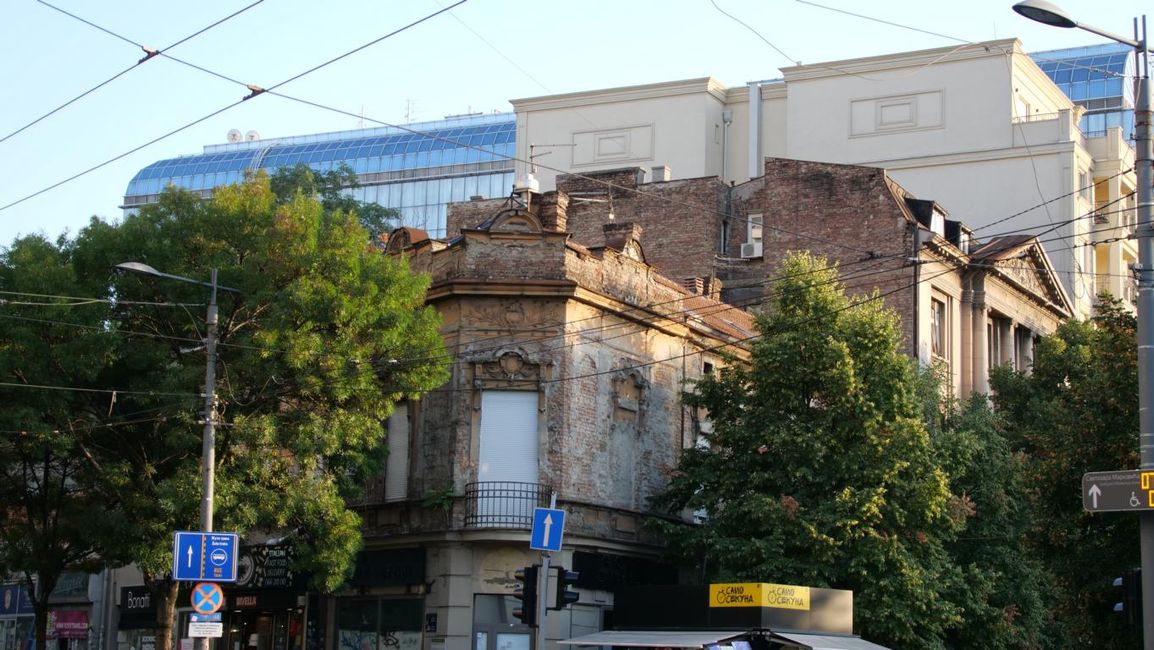
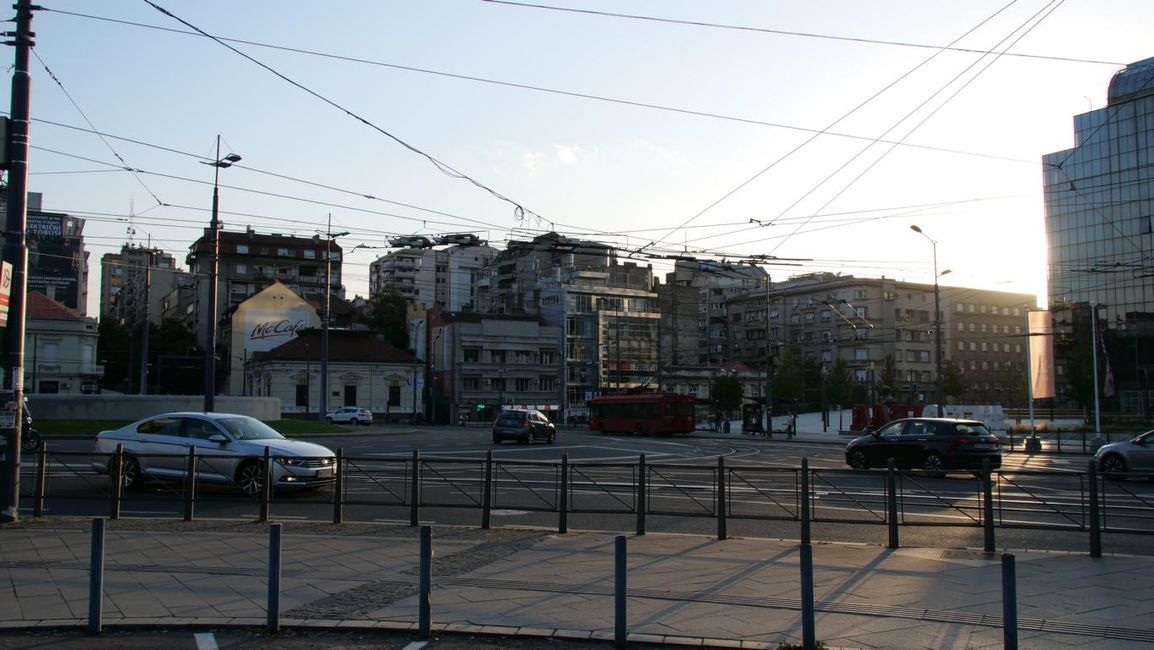
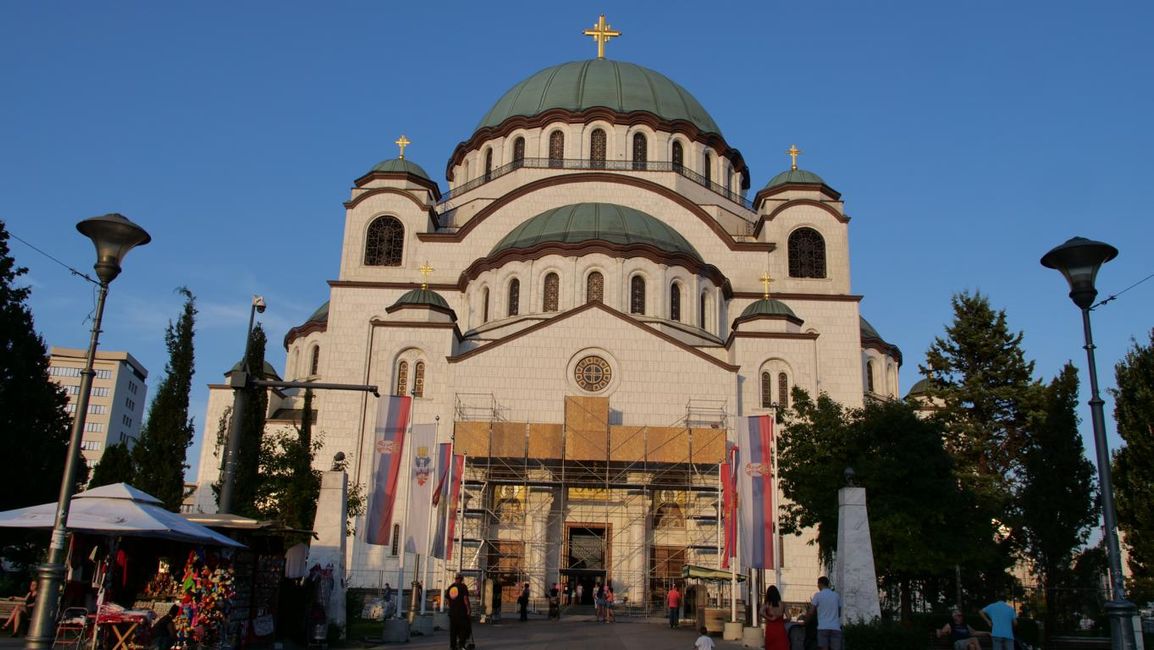
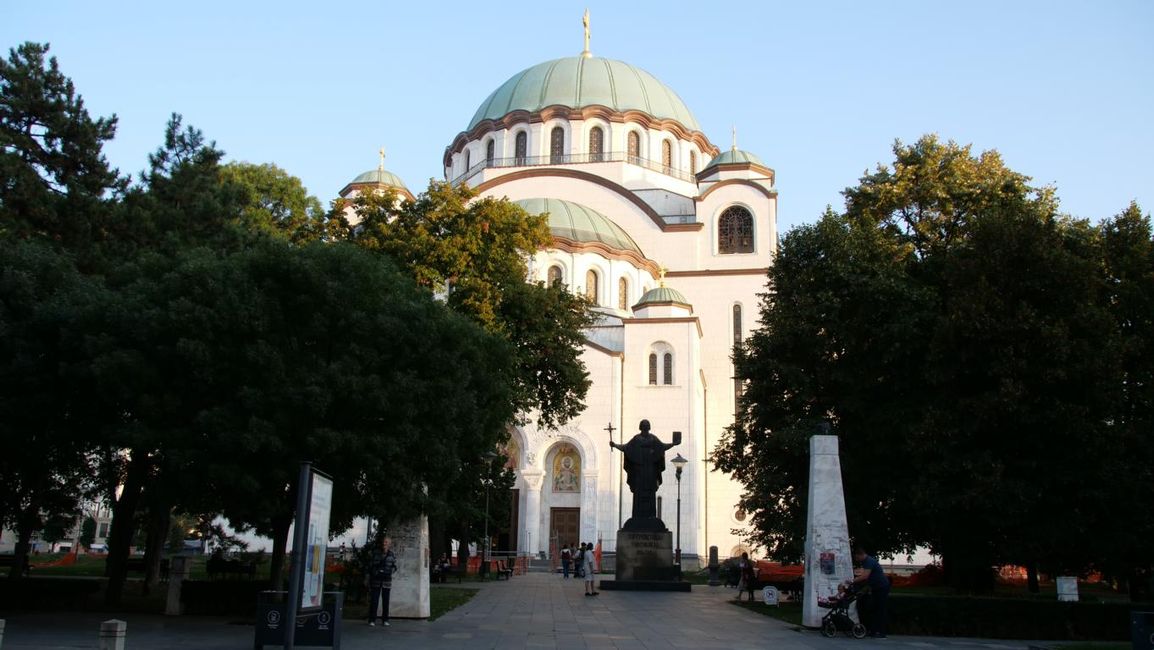
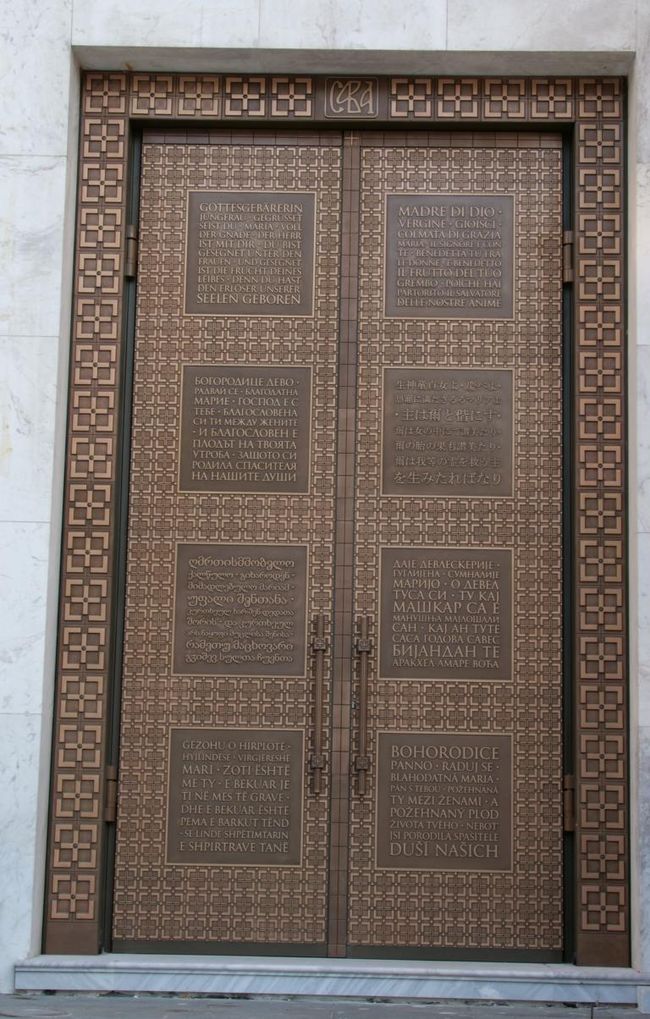
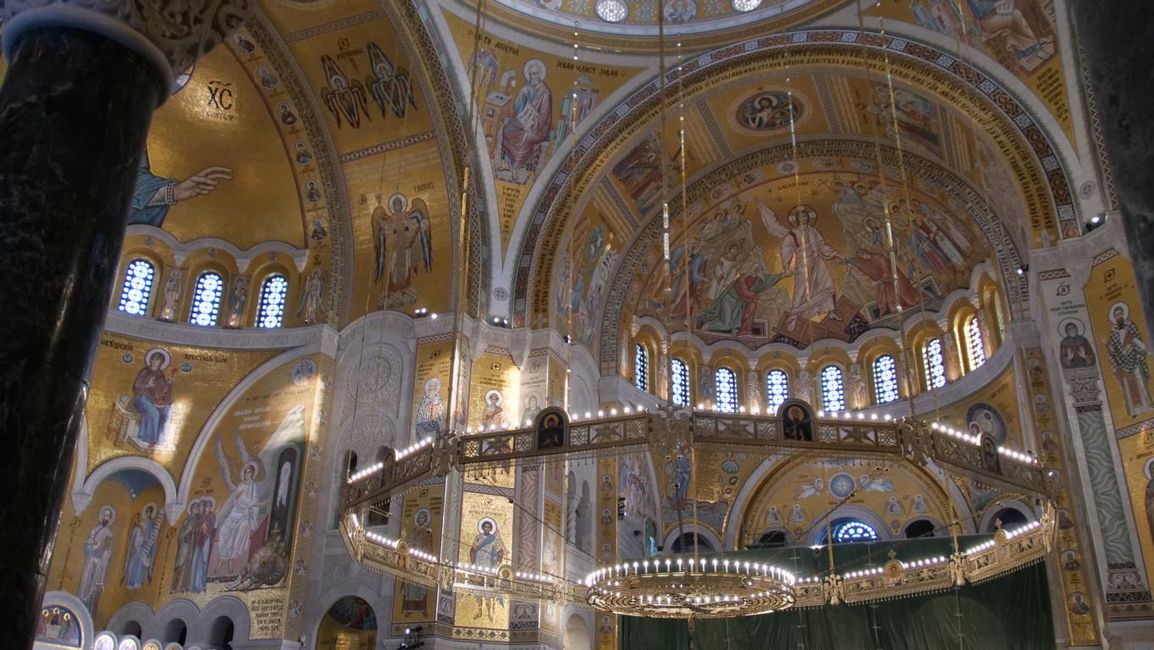
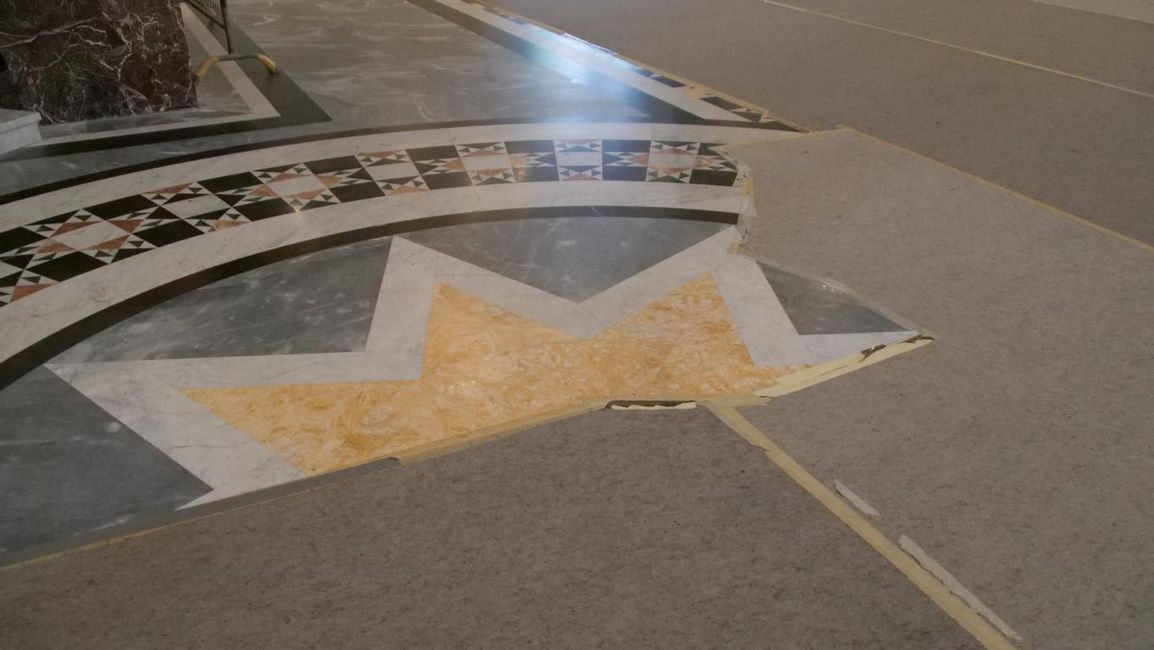
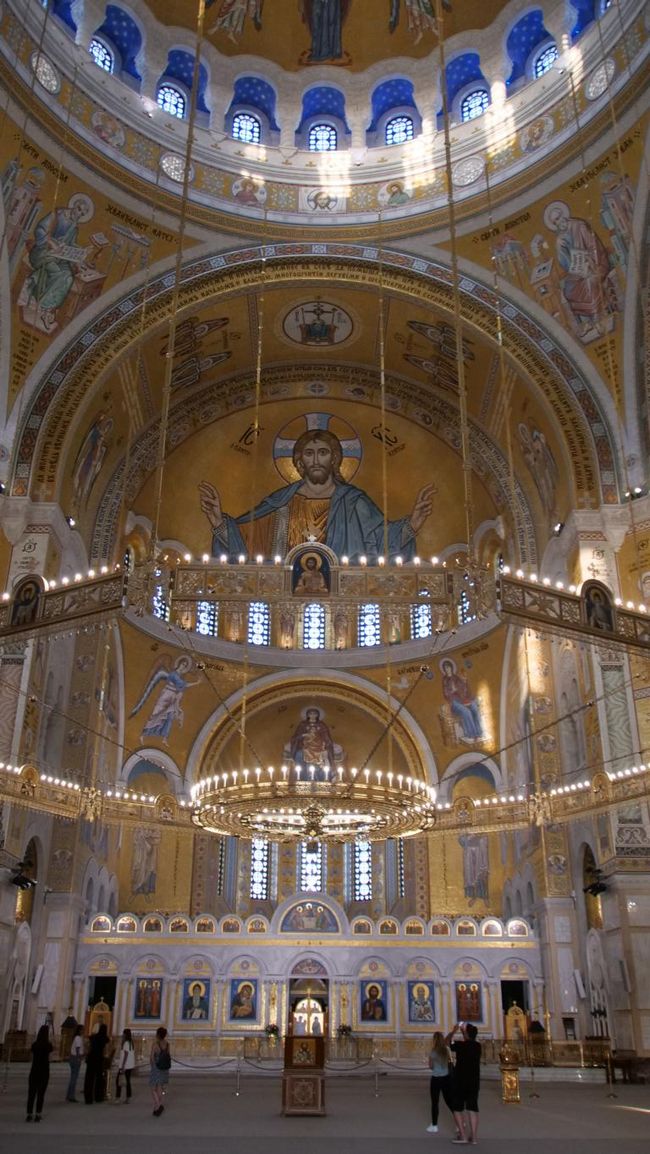
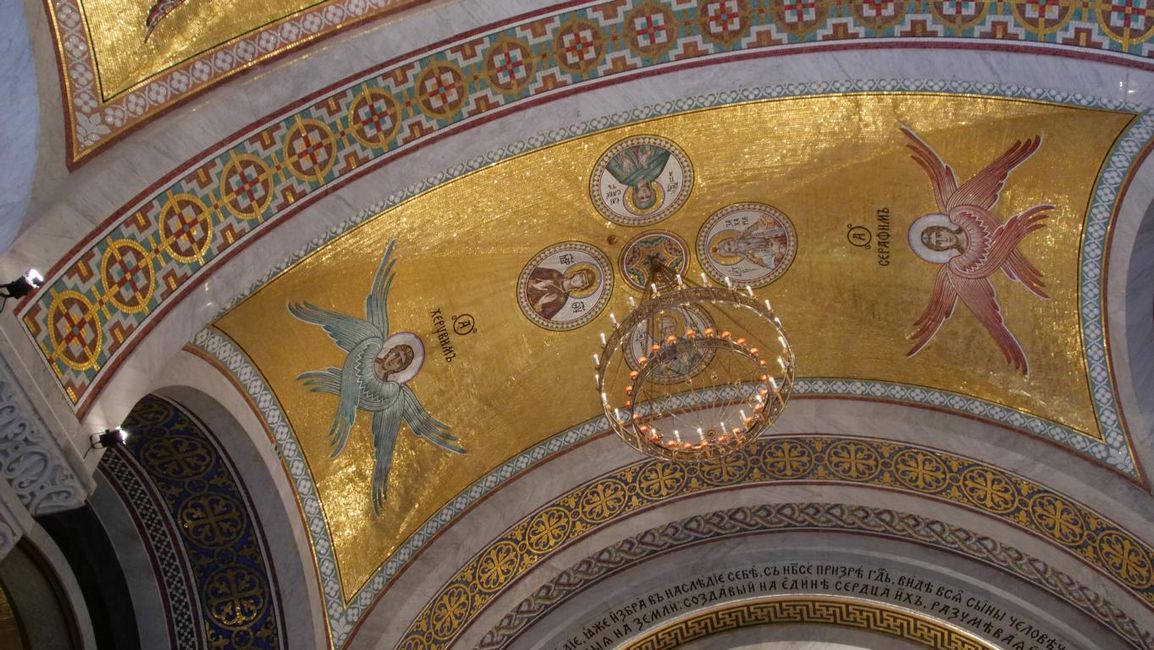
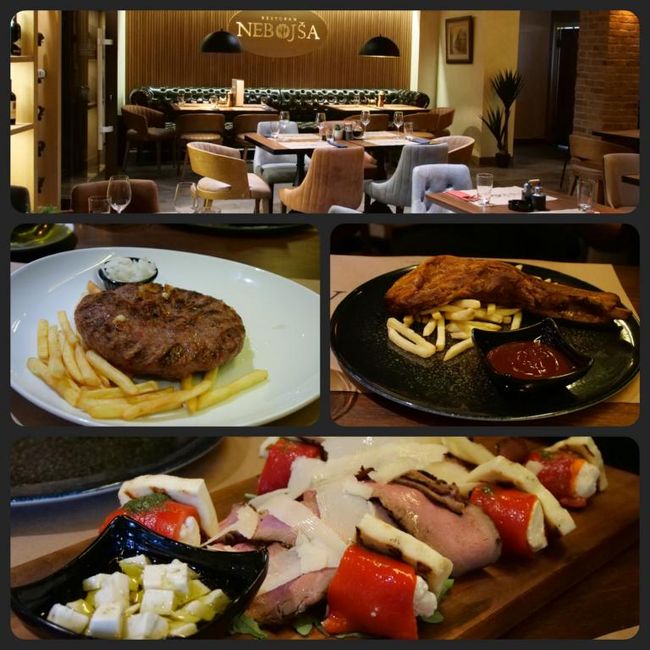
Regjistrohu në buletinin
Today, we're going from one capital city to another. We made a stop in Nis, the third largest city in Serbia. We visited the Skull Tower, Cele Kula, which was built in 1809 to commemorate the first Serbian uprising against the Ottoman tyranny that lasted more than 300 years. The tower was built from the skulls of 952 Serbian rebels who died during the Battle of Cegar. It was intended to horrify and terrify the Serbs. Today, it is covered by a chapel and only 58 skulls remain. It is an impressive and shocking structure. After that, we continued on the highway to Belgrade. It felt like we were already back in Germany because there were a lot of cars with German license plates. We settled into our apartment, which is located slightly outside the city center, and took the bus to Kalemegdan Fortress, the symbol of Belgrade. It is the historic core of the Serbian capital and represents the origins of Belgrade. Its basic structure dates back to the early 15th century, but it was expanded in the 17th and 18th centuries. Its history is marked by numerous conflicts and conquests between the Habsburg Monarchy and the Ottoman Empire during the Turkish Wars. Today, the fortress is a huge park with monuments, a military museum, galleries, and a beautiful view overlooking the confluence of the Sava and Danube rivers. The entrance to the fortress is also the start of the city's most beautiful and oldest street, Knez Mihailova. Its origins can be traced back to the old Belgrade of the 16th century, and we found a wonderful pedestrian zone here with shops, cafes, hotels, street vendors, and old buildings with beautiful facades. We walked to Nikola Pasic Square, which features a statue of the Serbian politician and statesman and a large fountain. We then continued to the Church of Saint Sava, one of the largest Orthodox churches in the world. It is located in the southern city center on a hill, making it visible from afar. It stands at the spot where the mortal remains of Saint Sava were burned in 1595. Construction of the church began in 1935 and was likely completed in 2018. However, there are still some construction sites inside and around the church. The large dome has an outer diameter of 35 meters and is adorned with a 12-meter tall cross. The interior is lavishly decorated with gold leaf. It is a very grand building that characterizes the cityscape. Belgrade, the capital of Serbia, with its approximately 1.7 million inhabitants, showed us both beautiful and less beautiful areas. We were definitely positively surprised and will surely come back someday. To end this day, we found a good restaurant where we once again tried the traditional cuisine of the country.
Regjistrohu në buletinin
Përgjigju
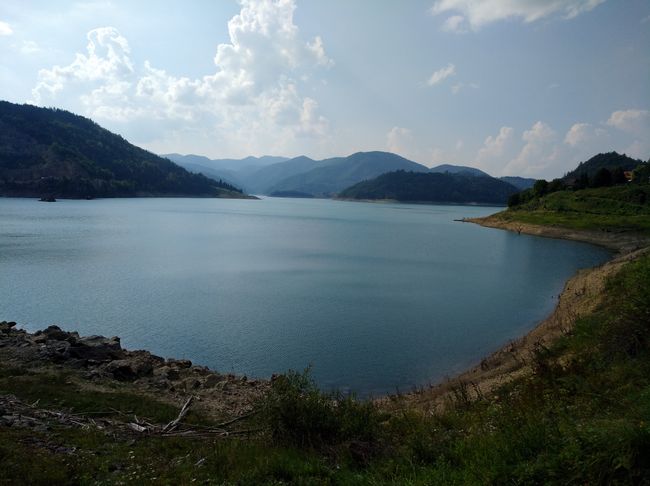
Raportet e udhëtimit Serbisë
